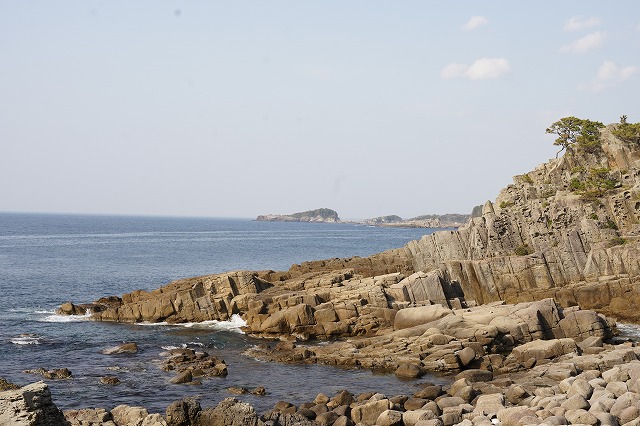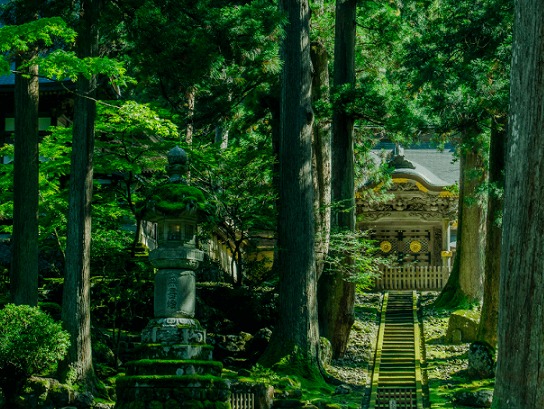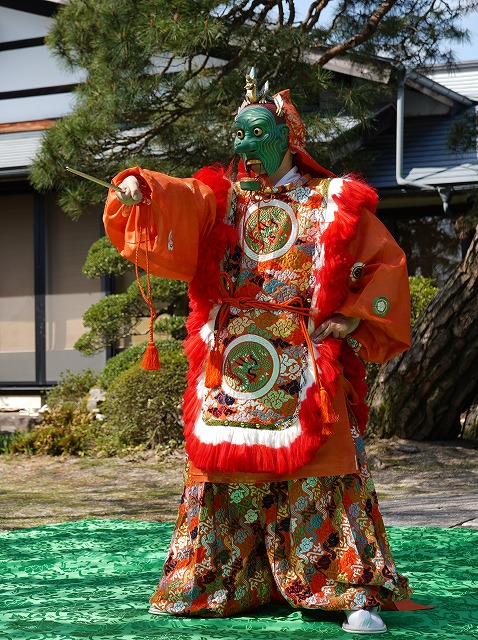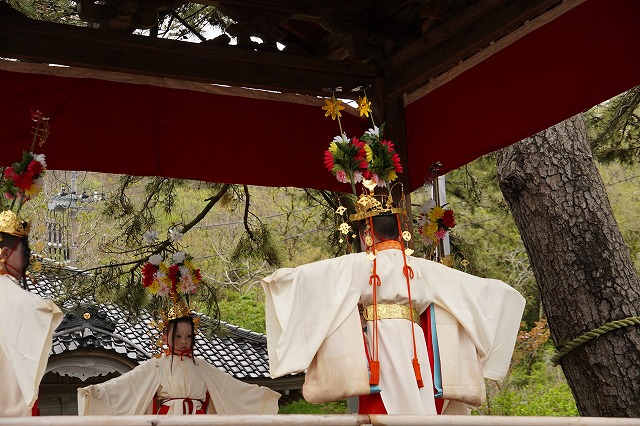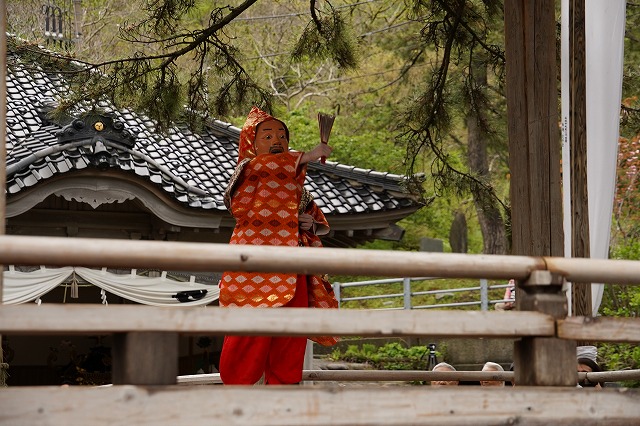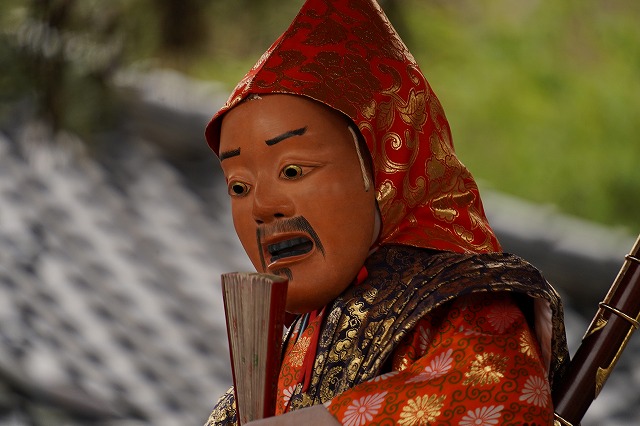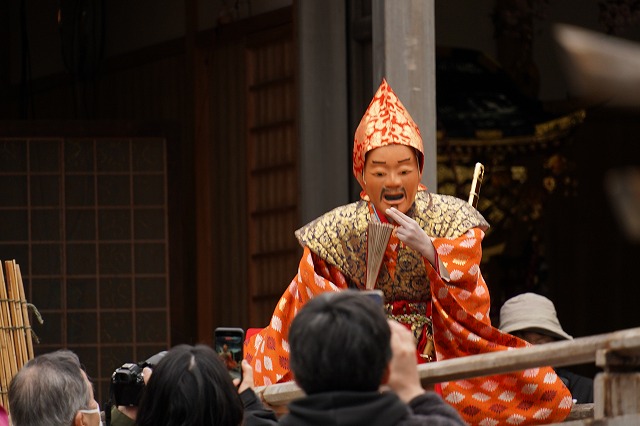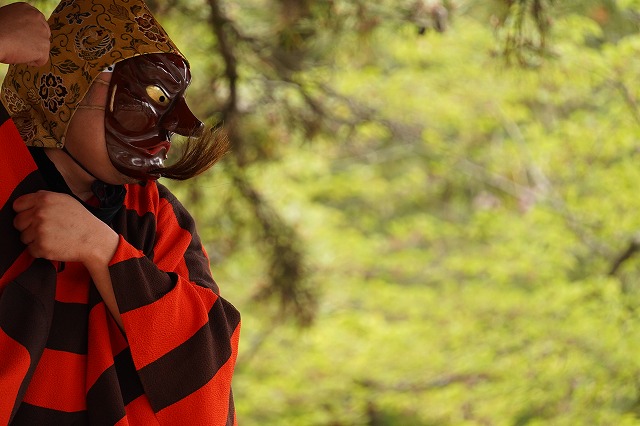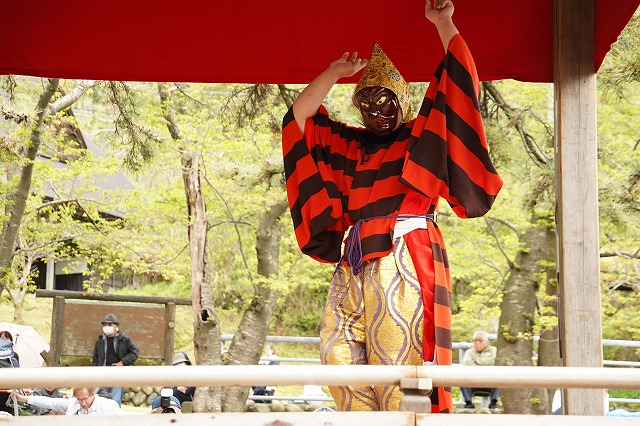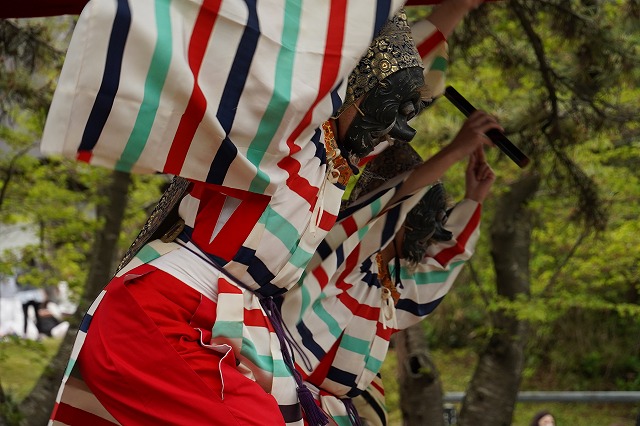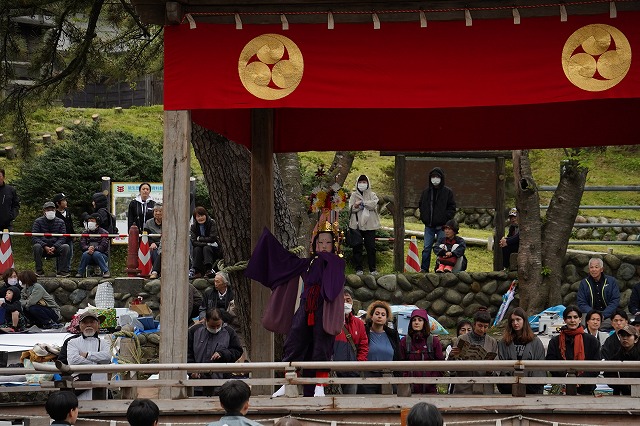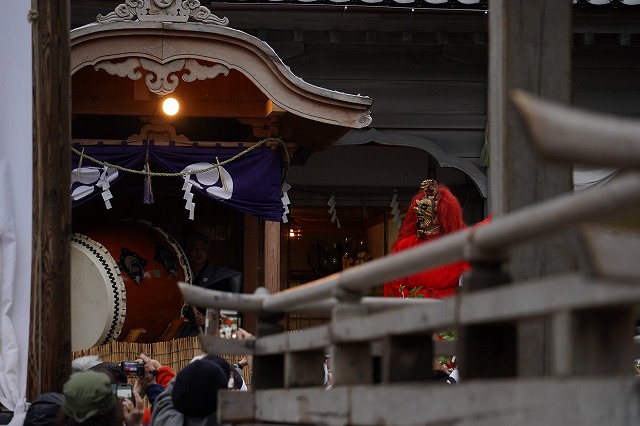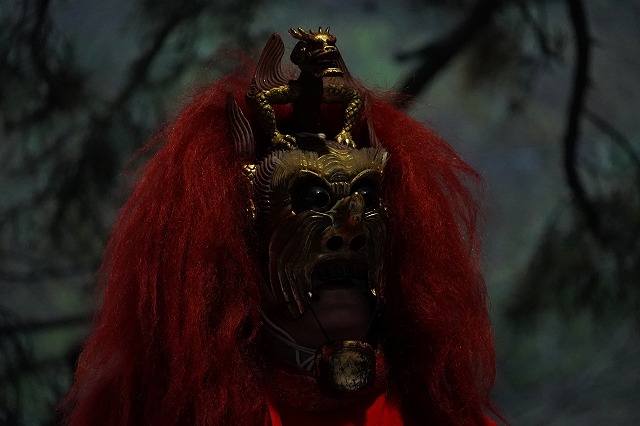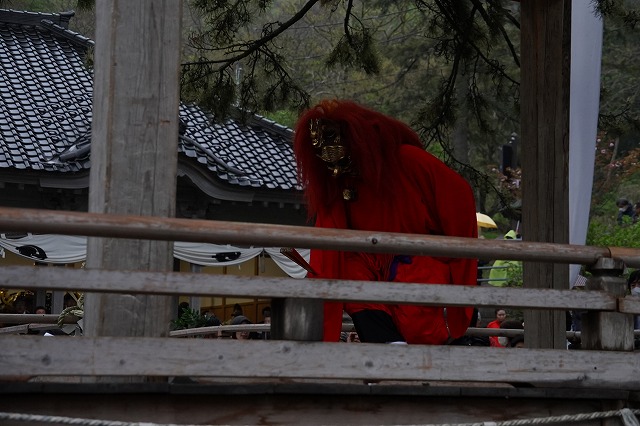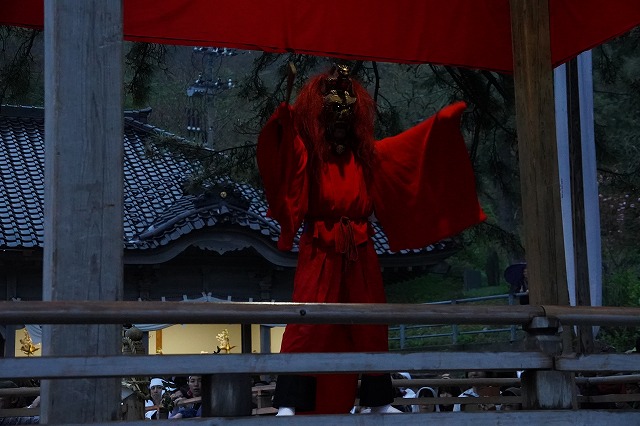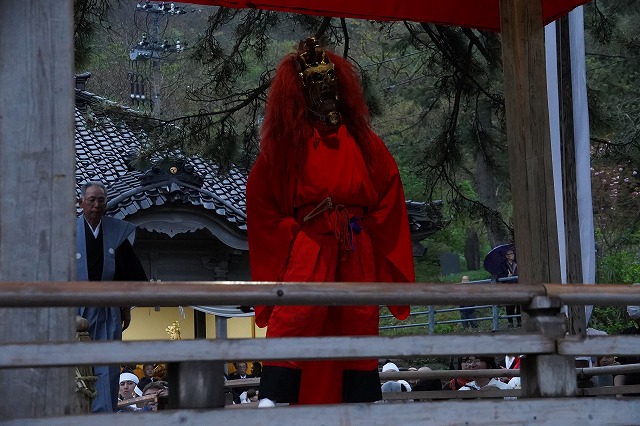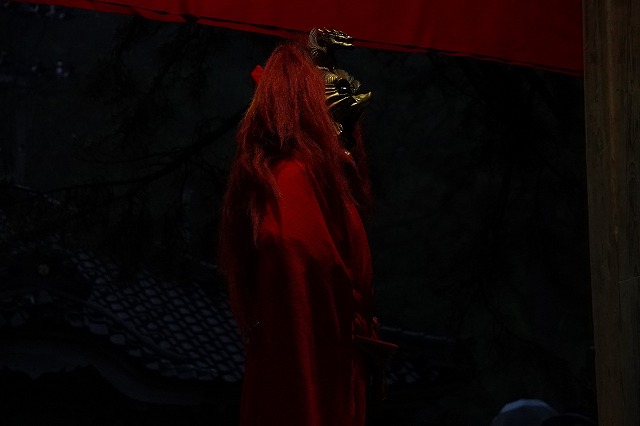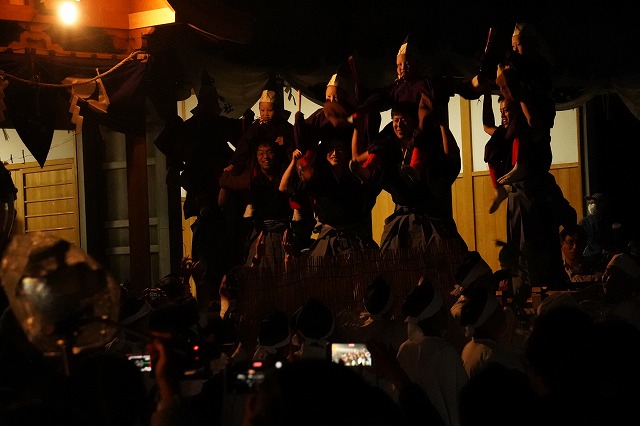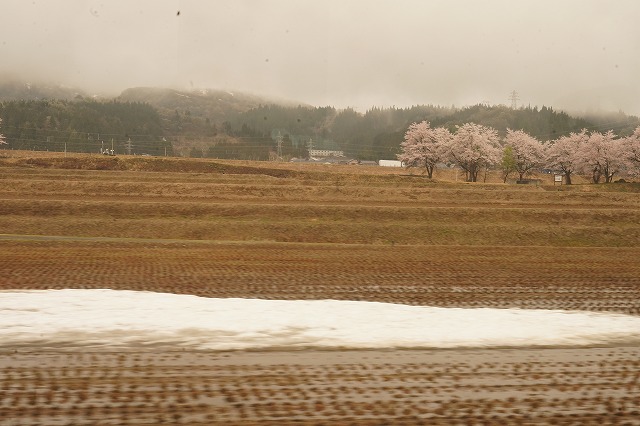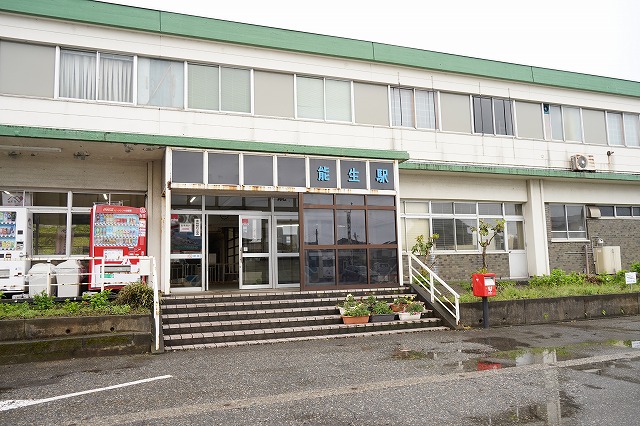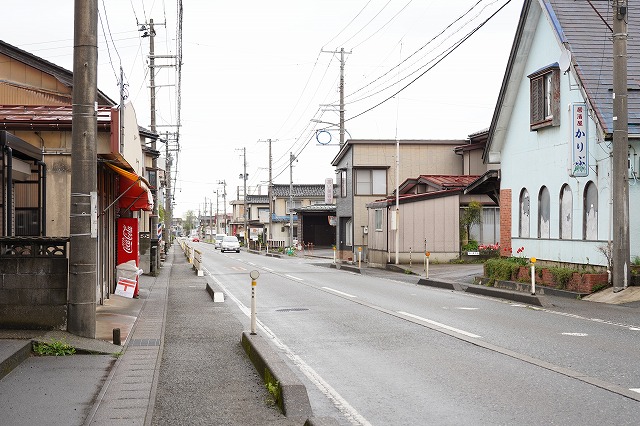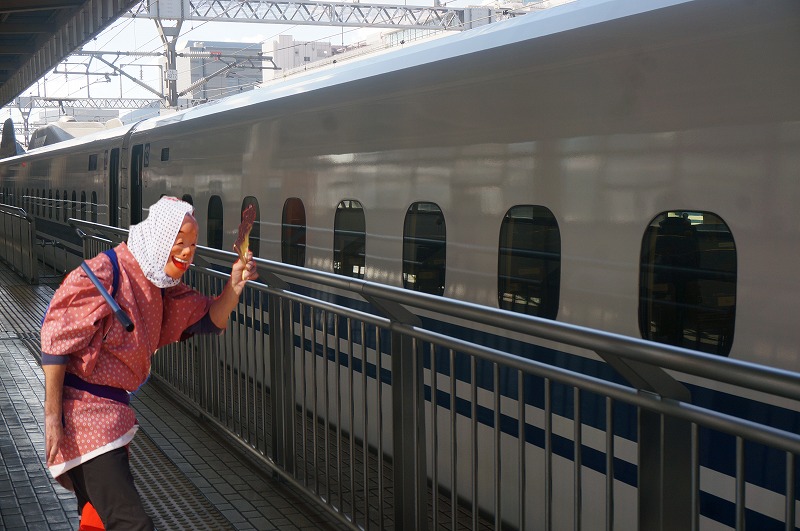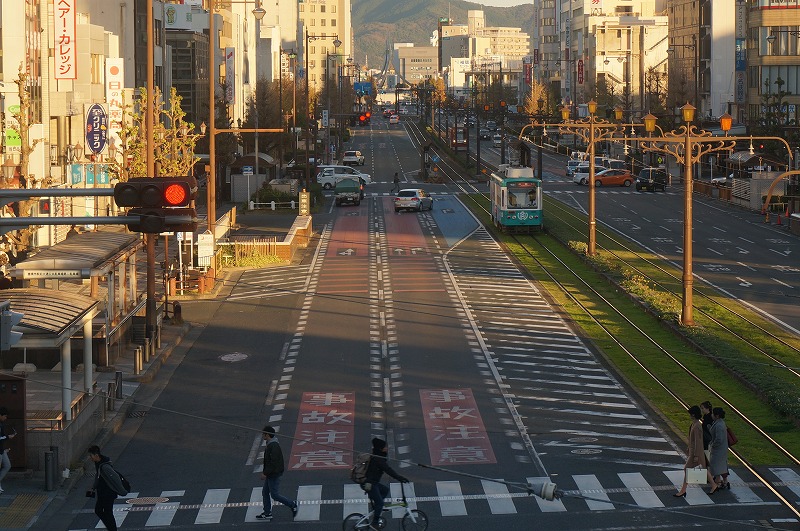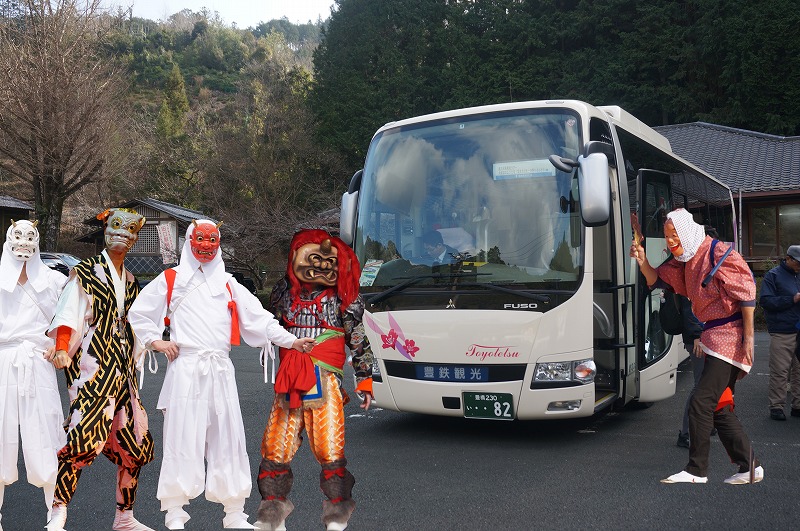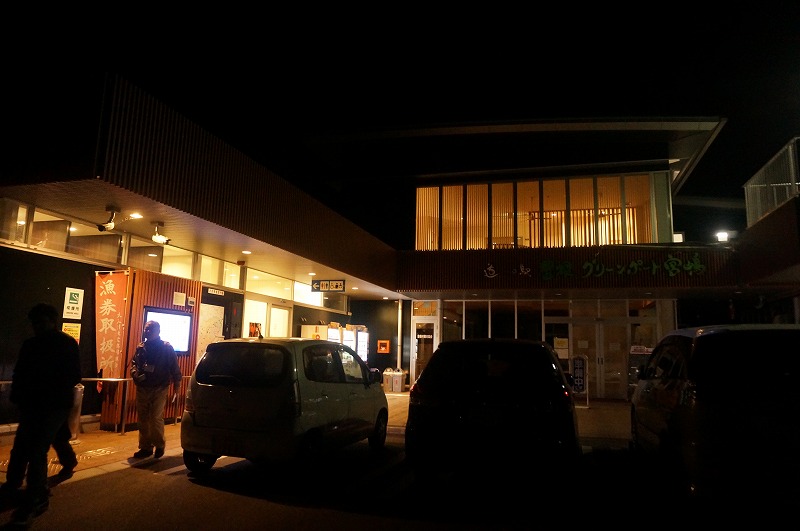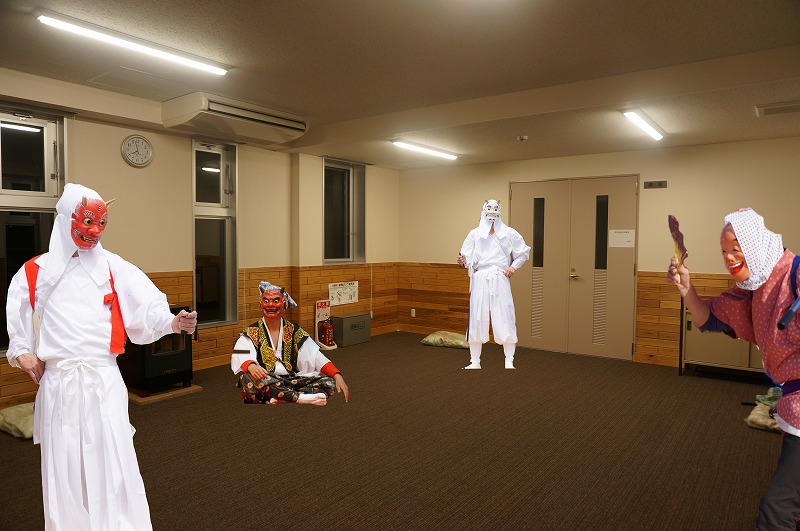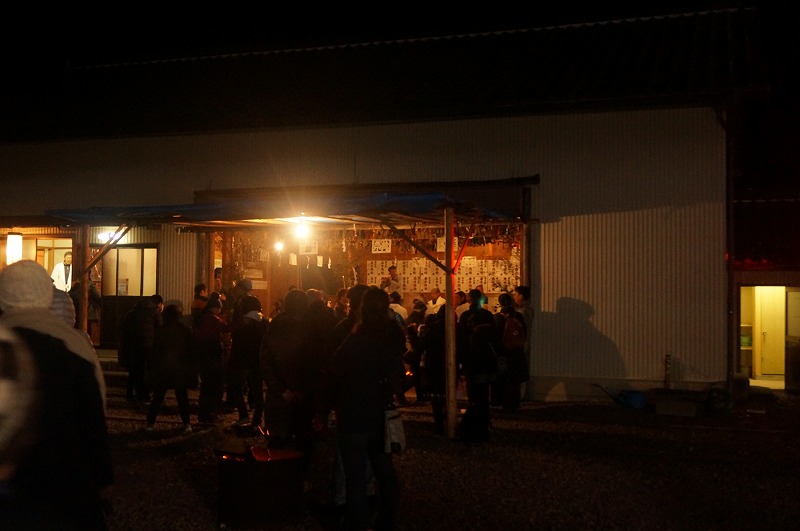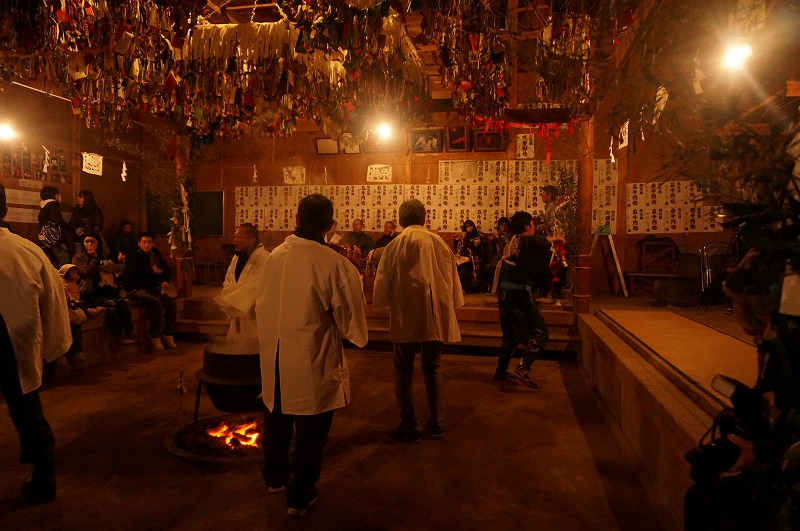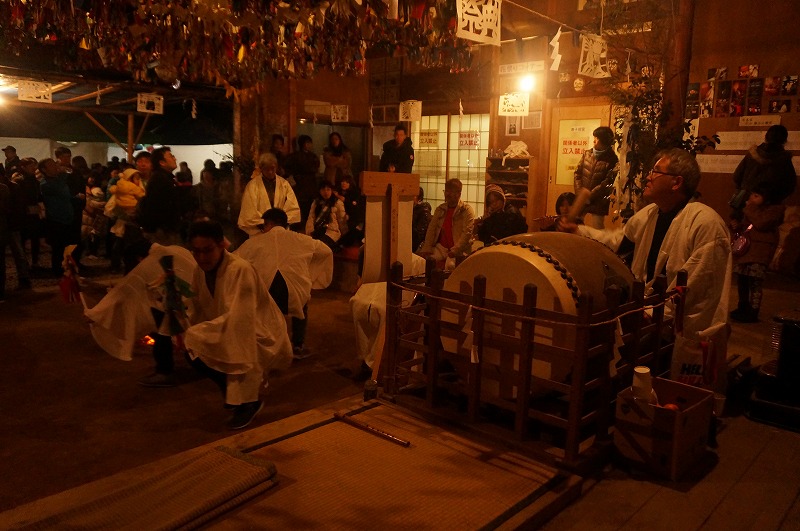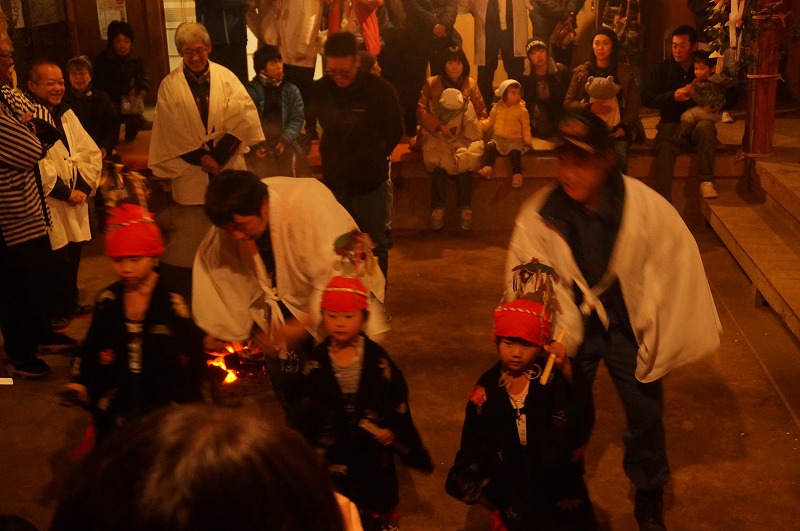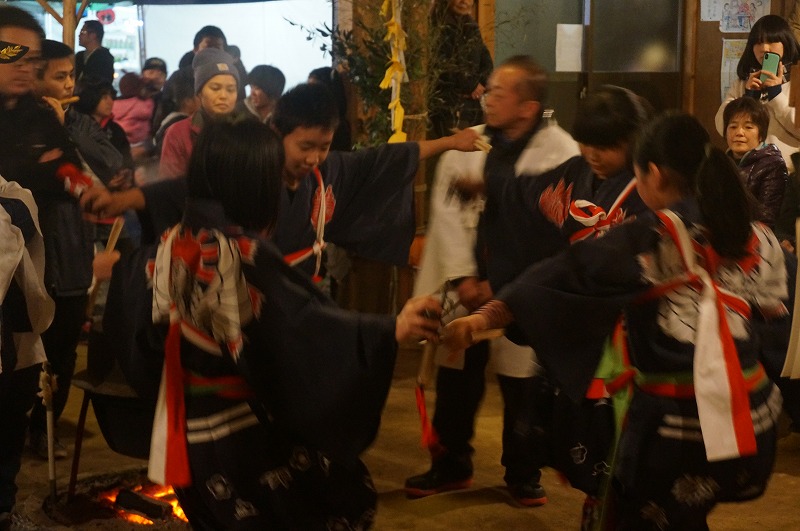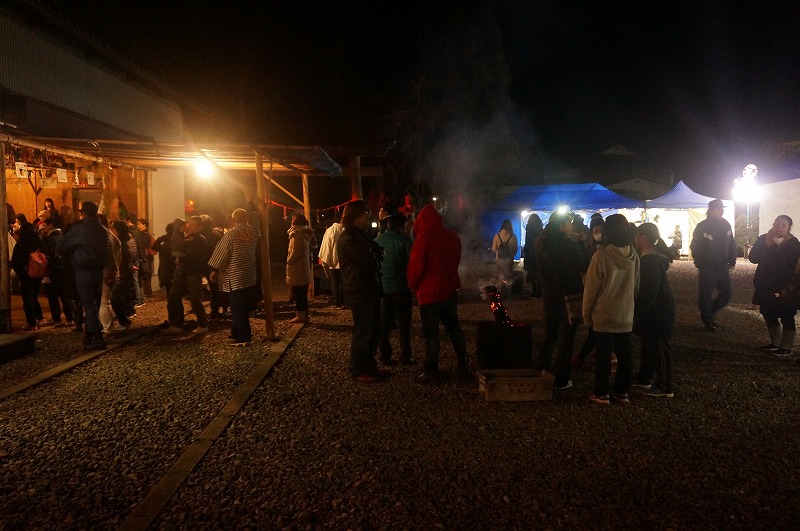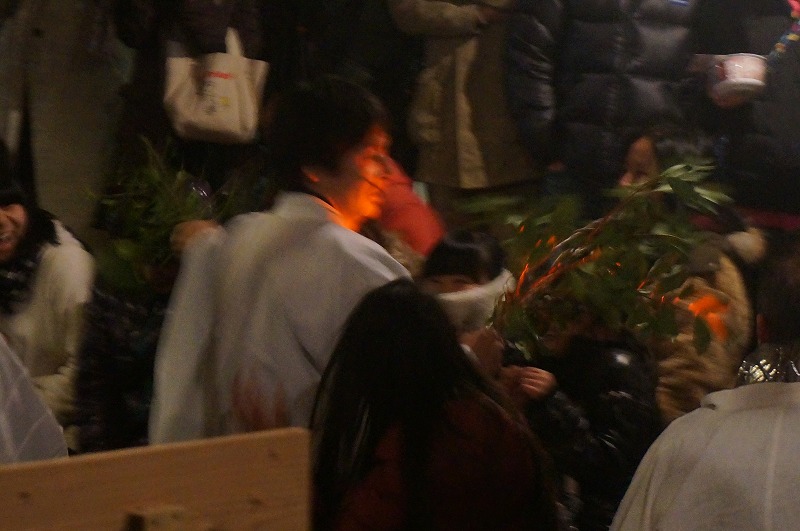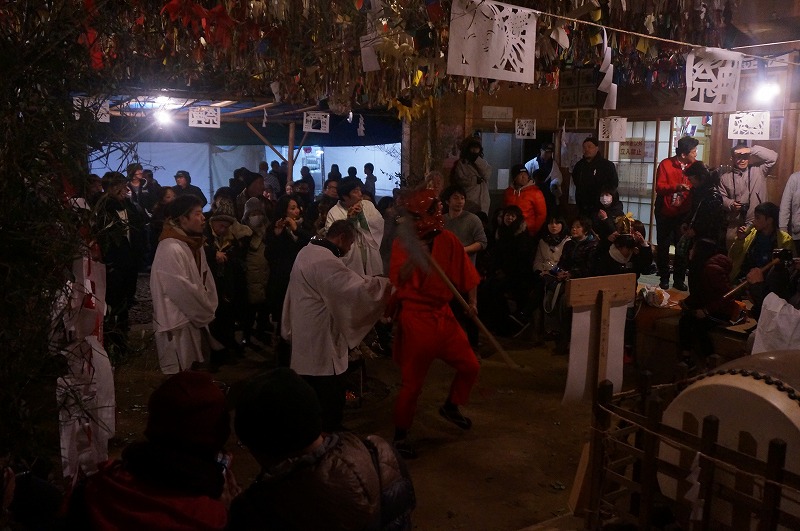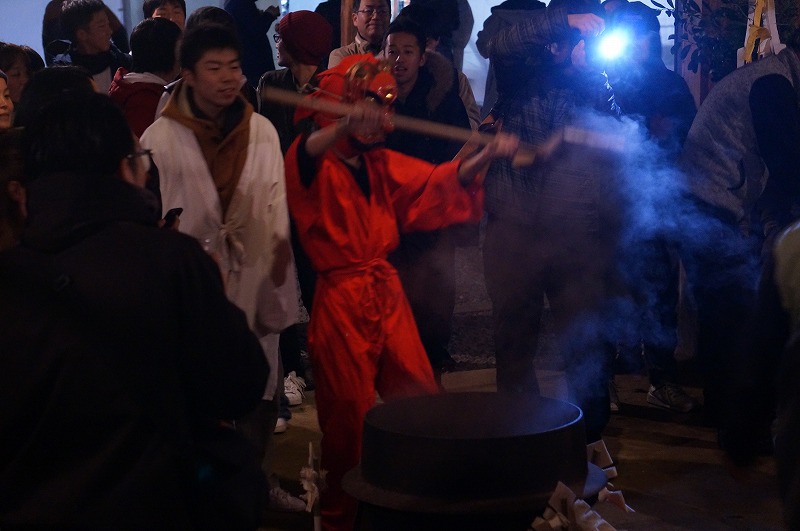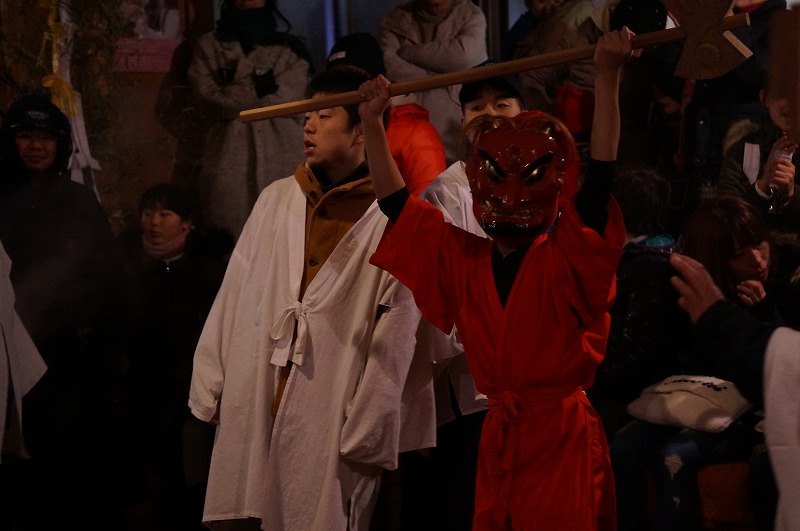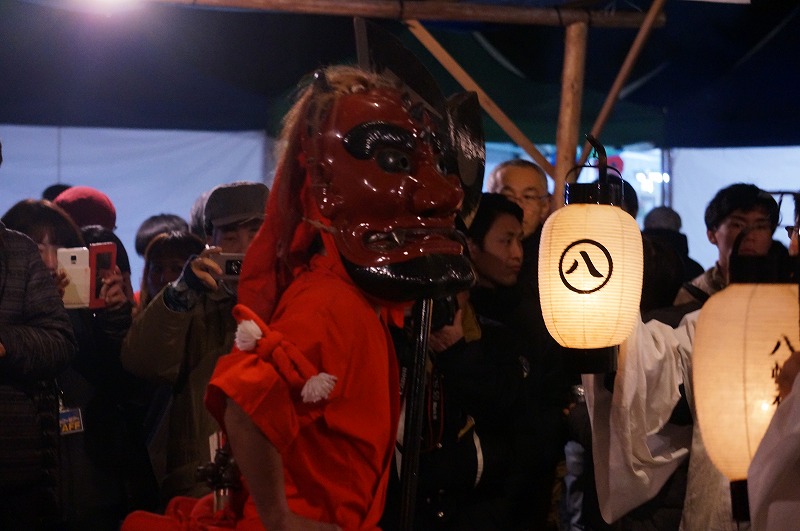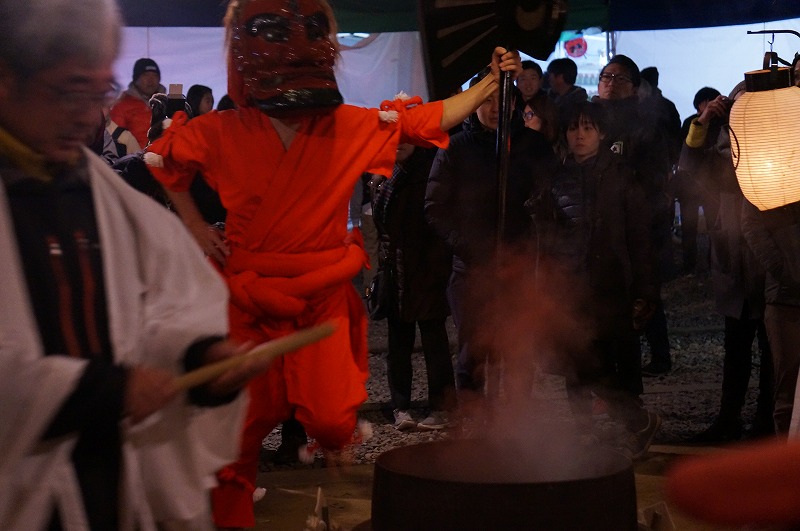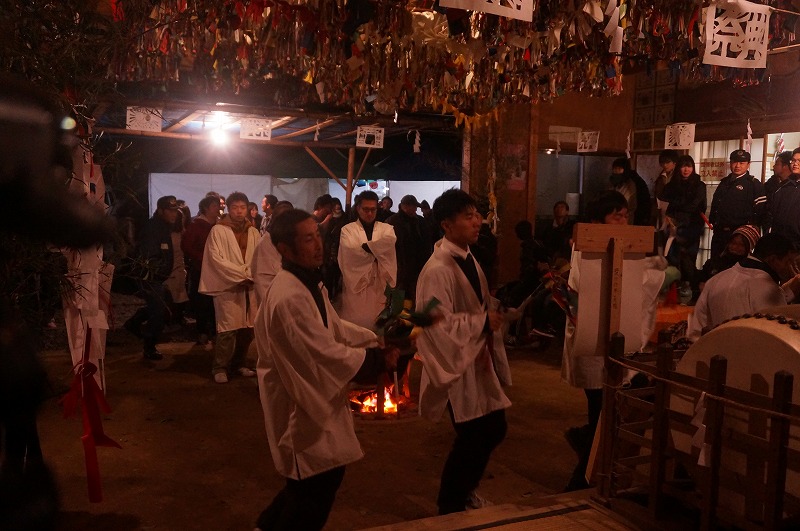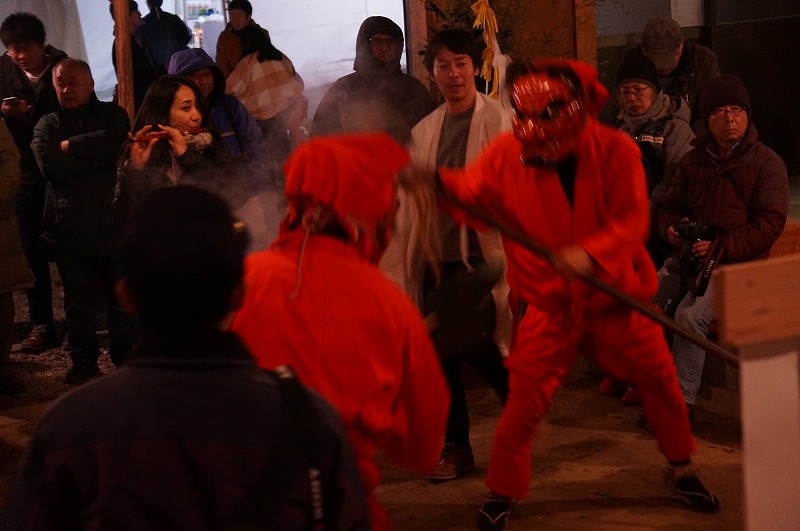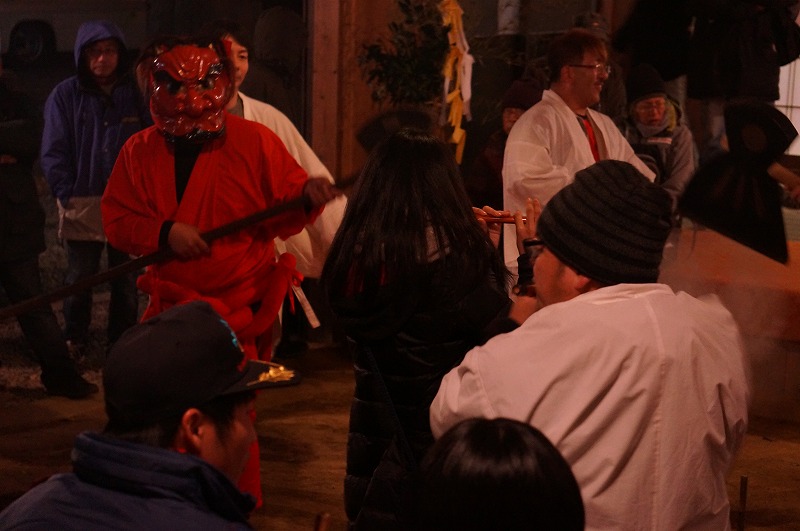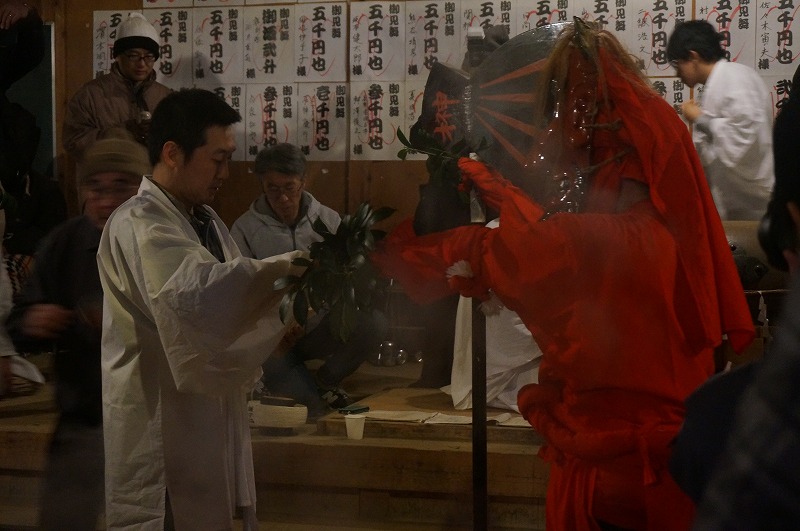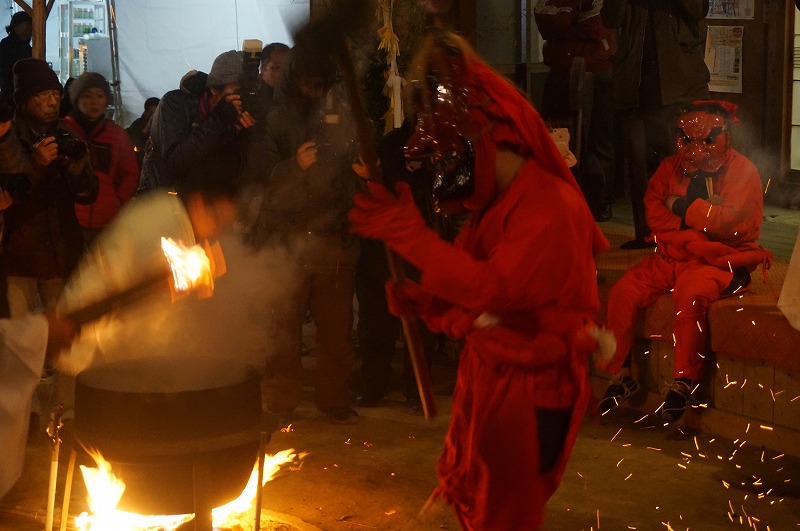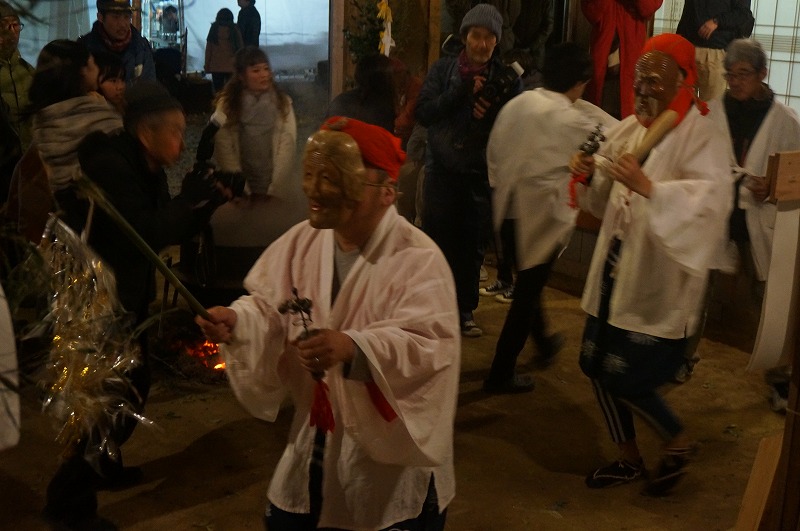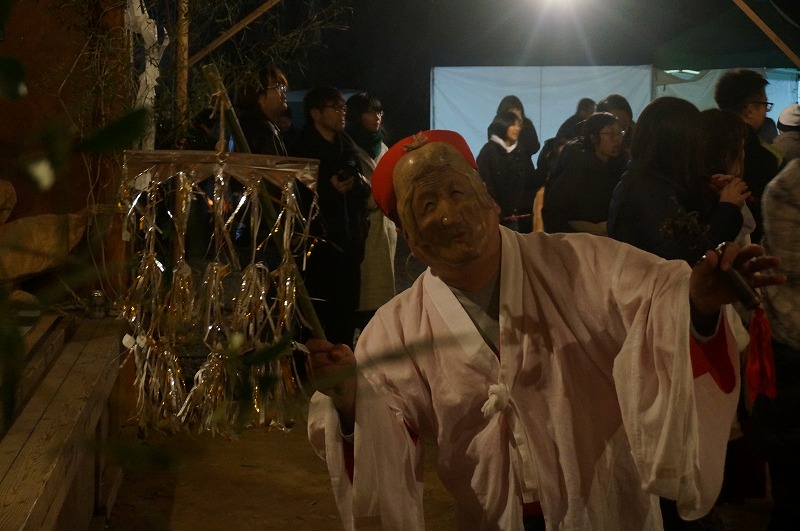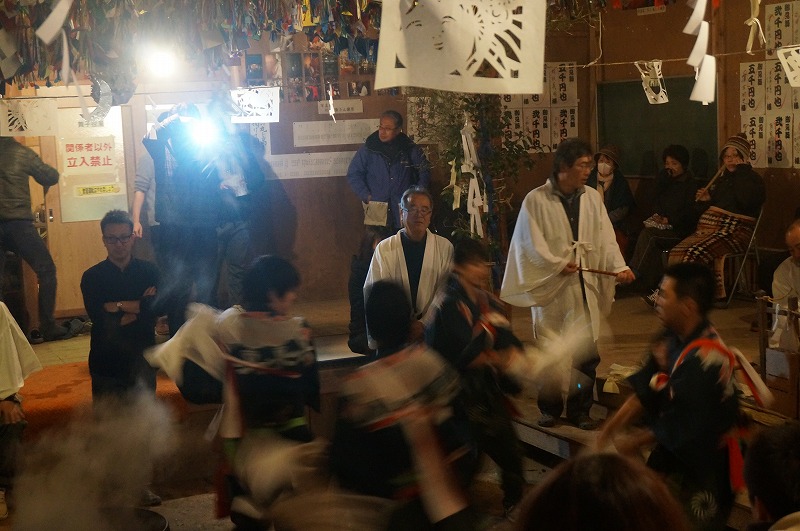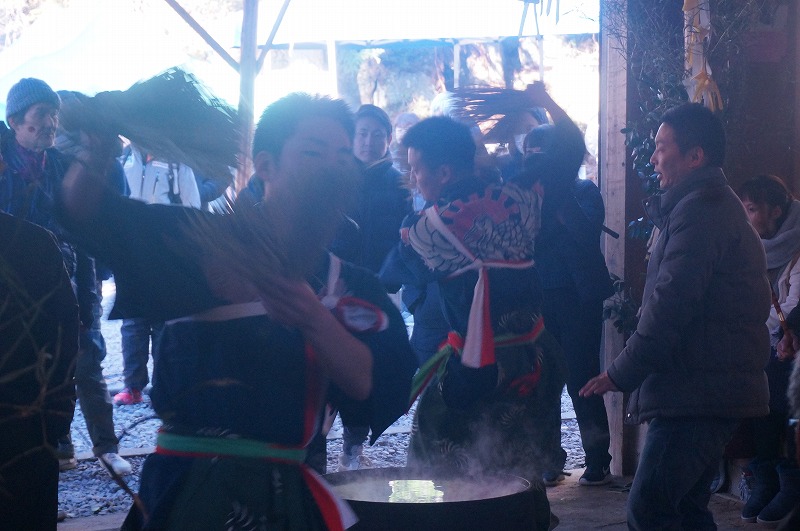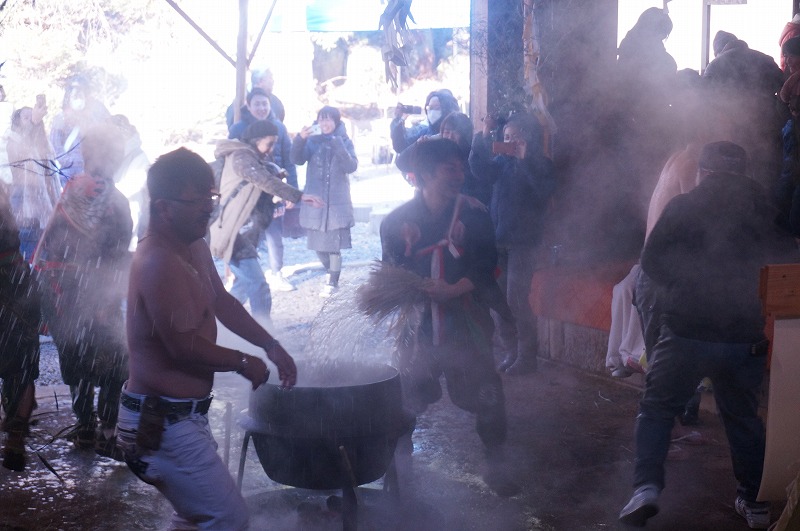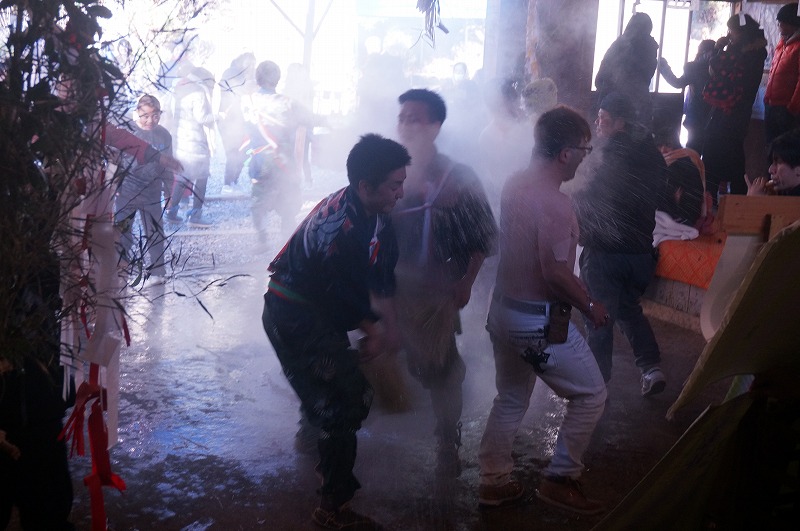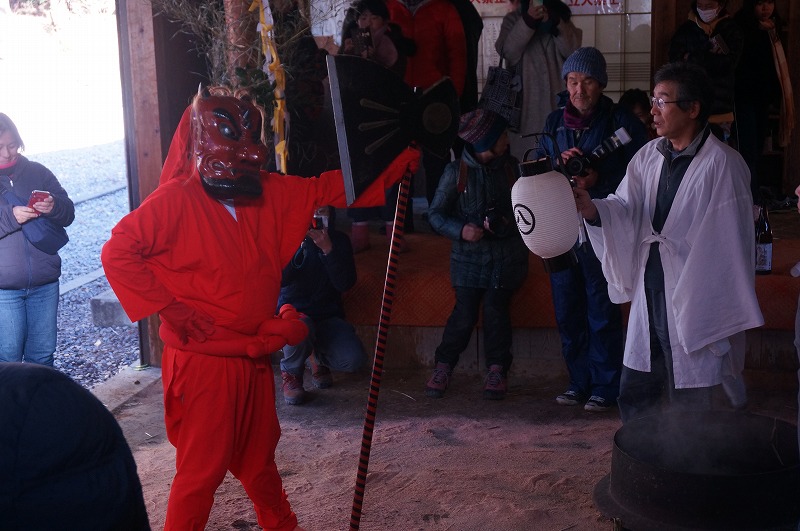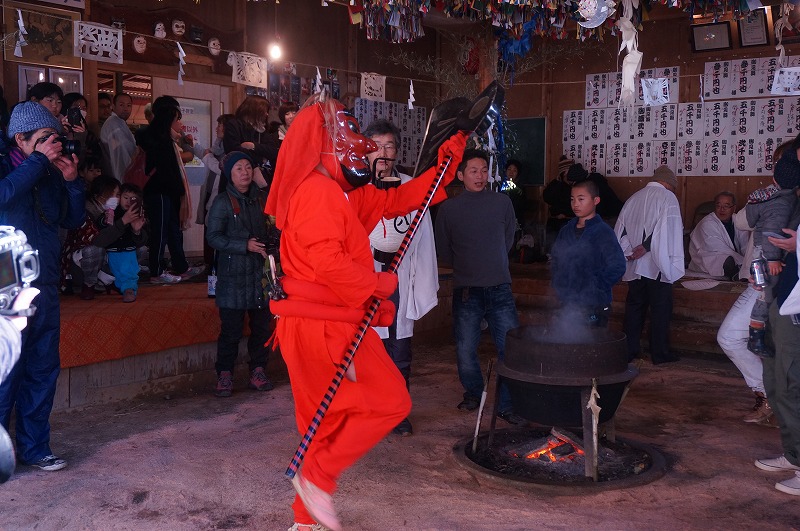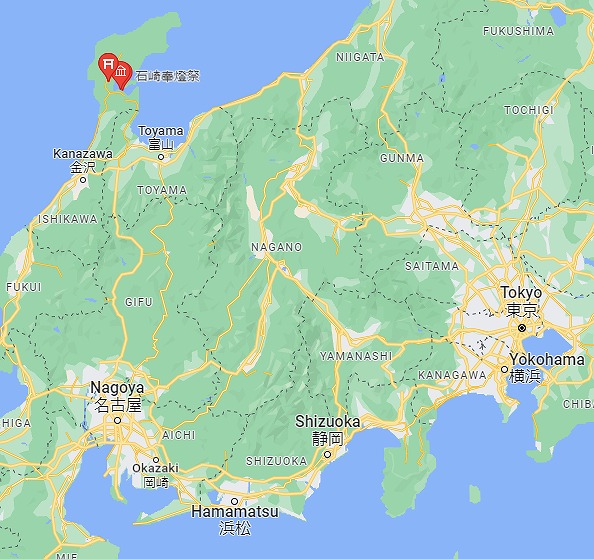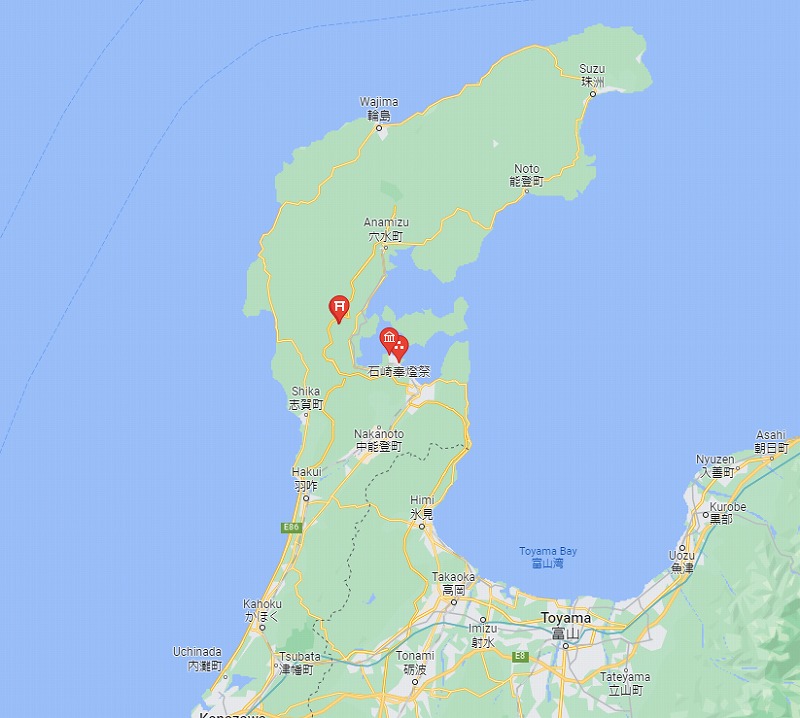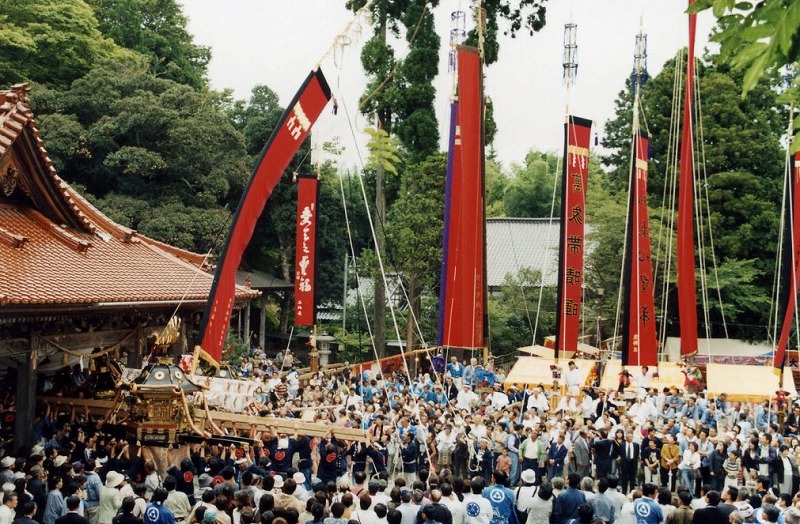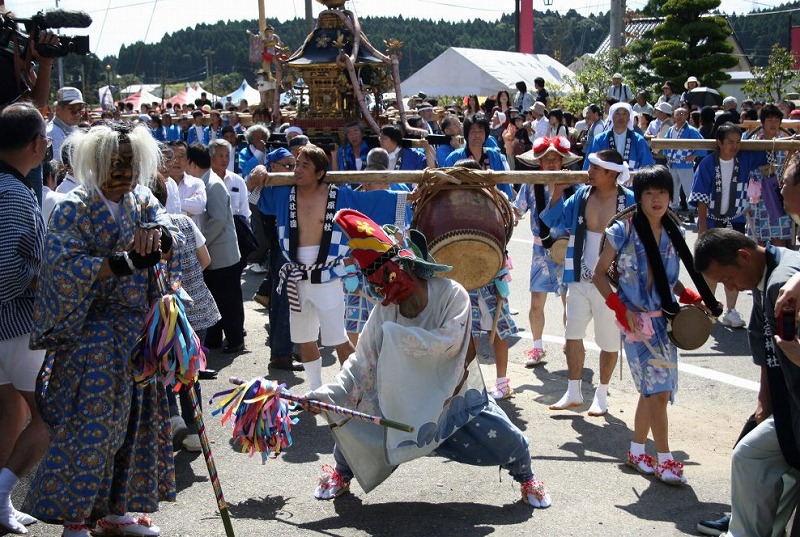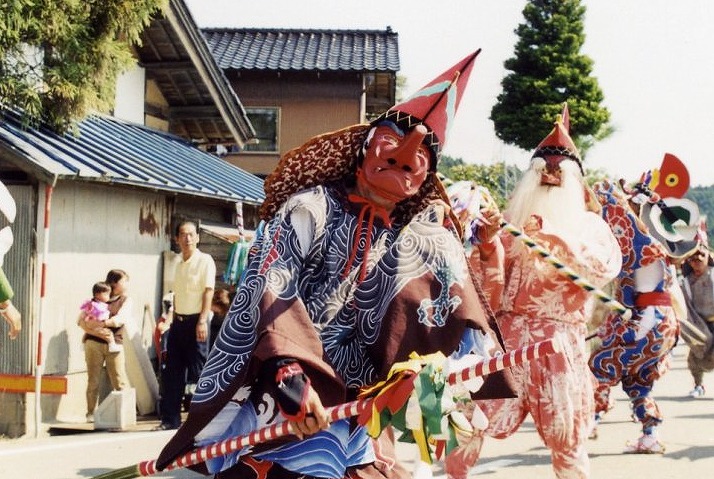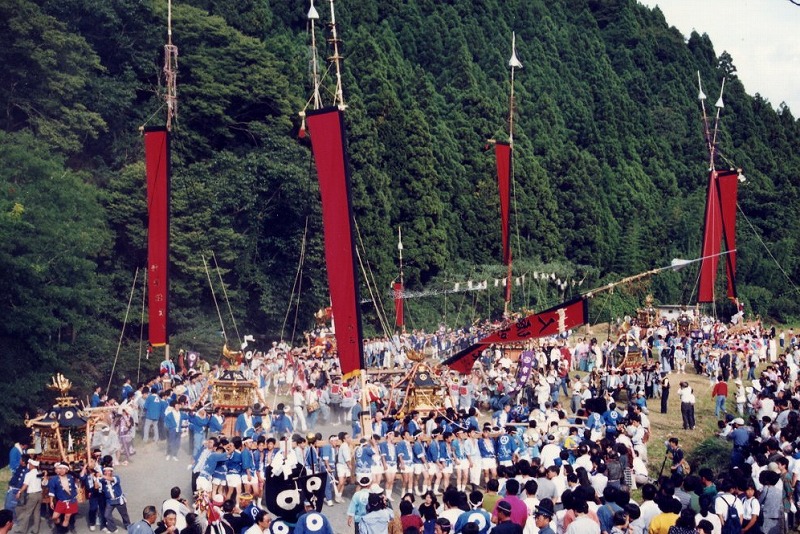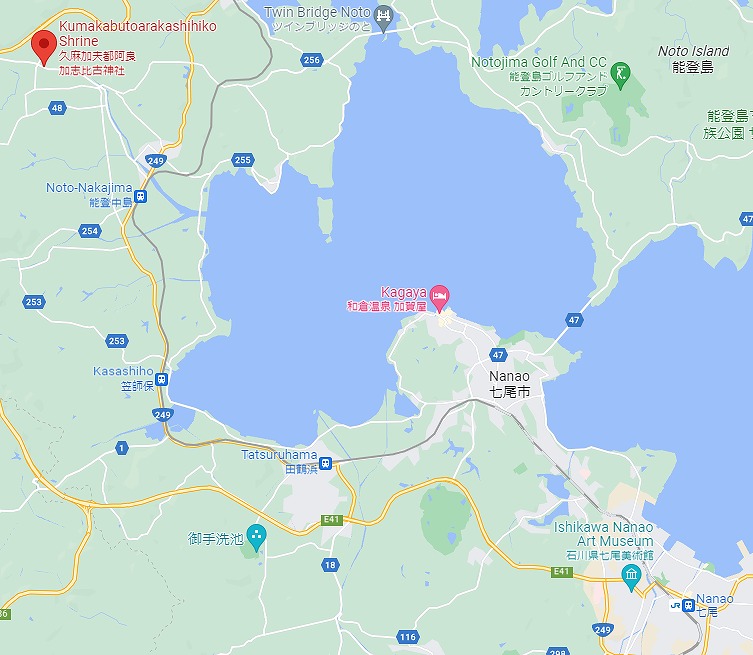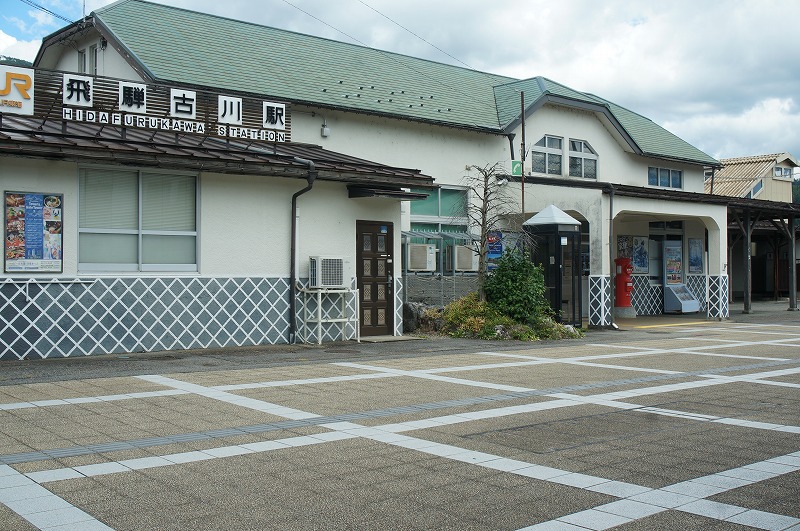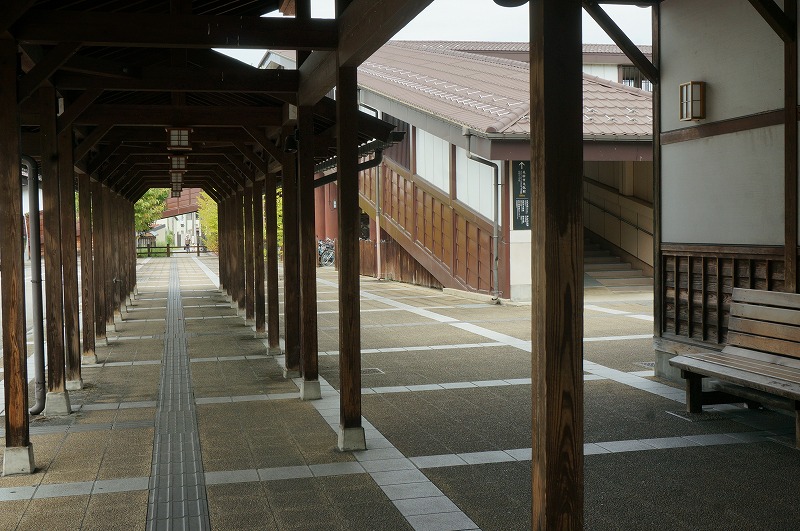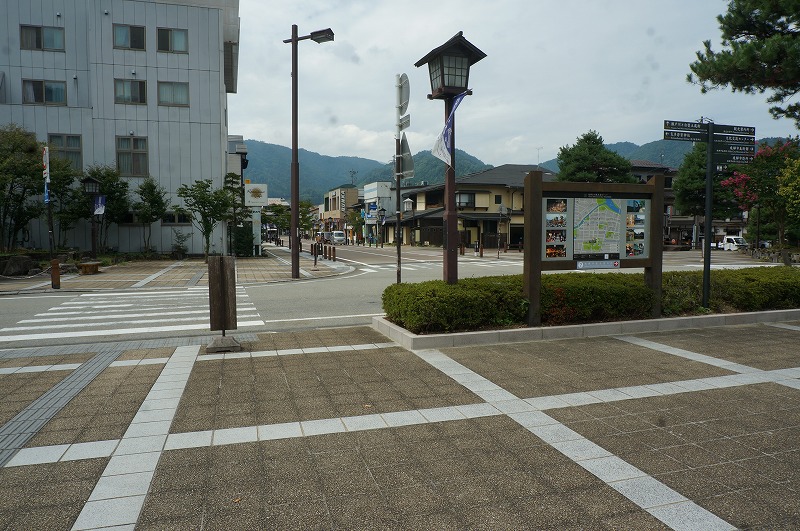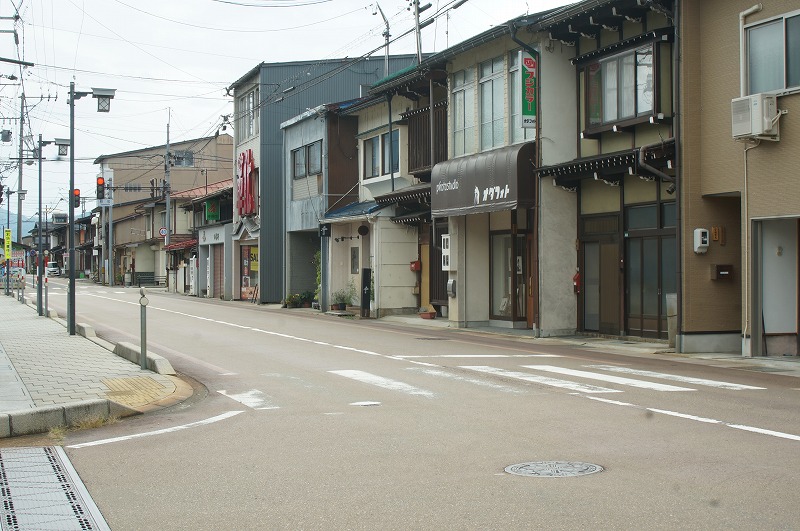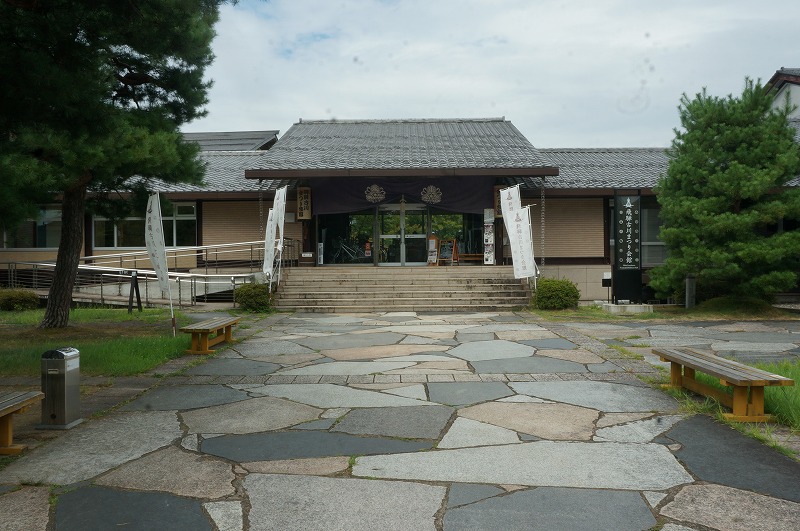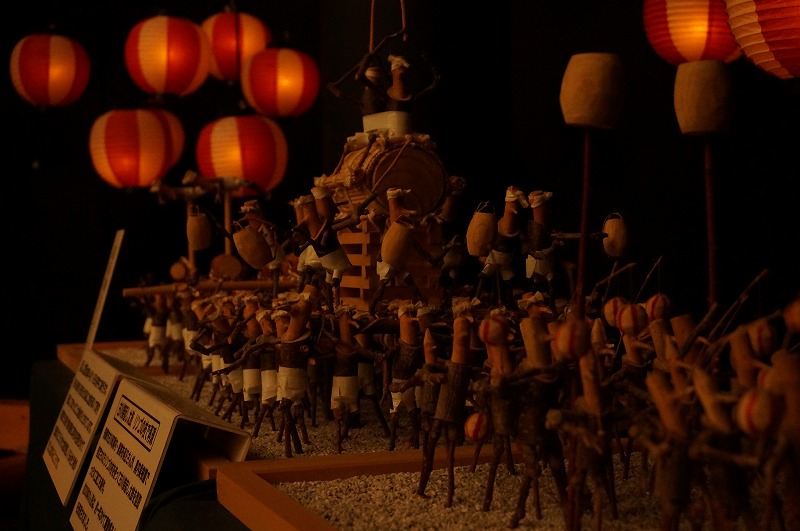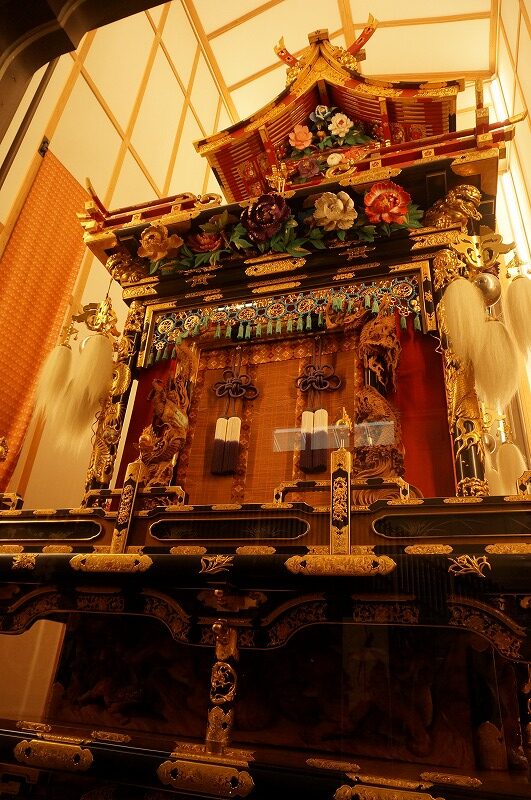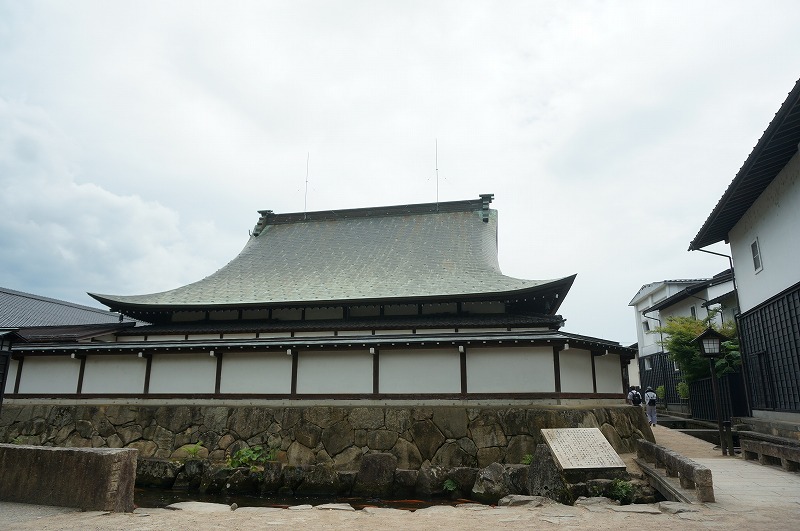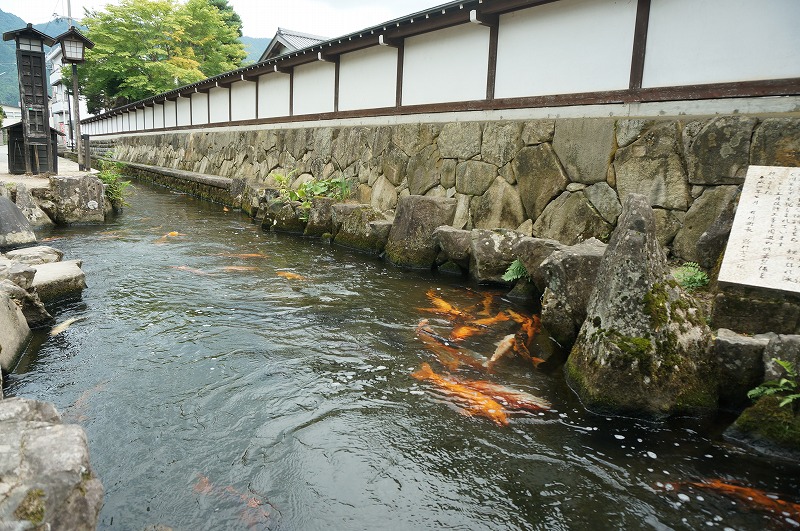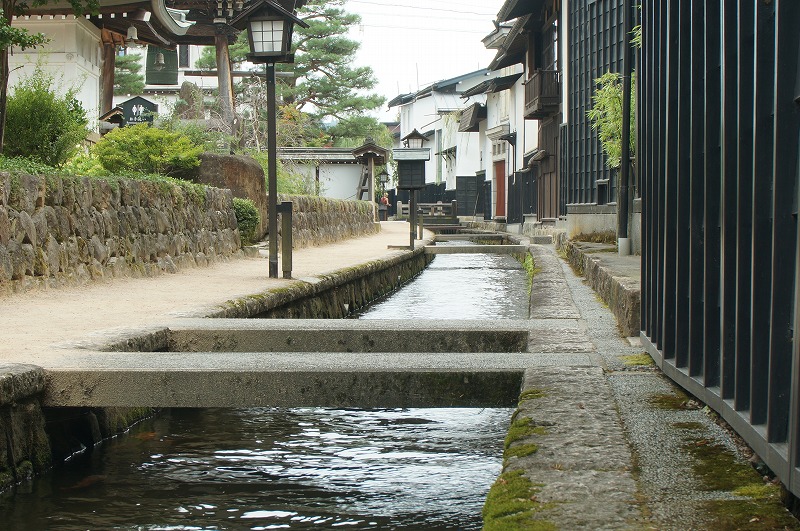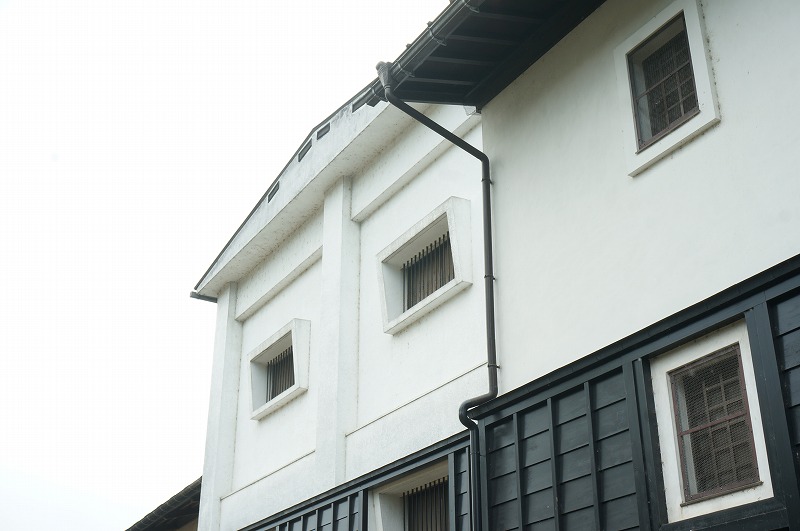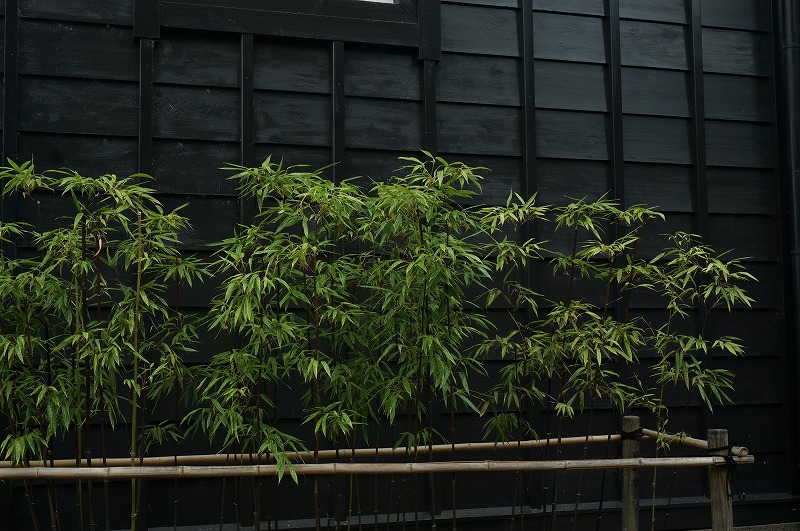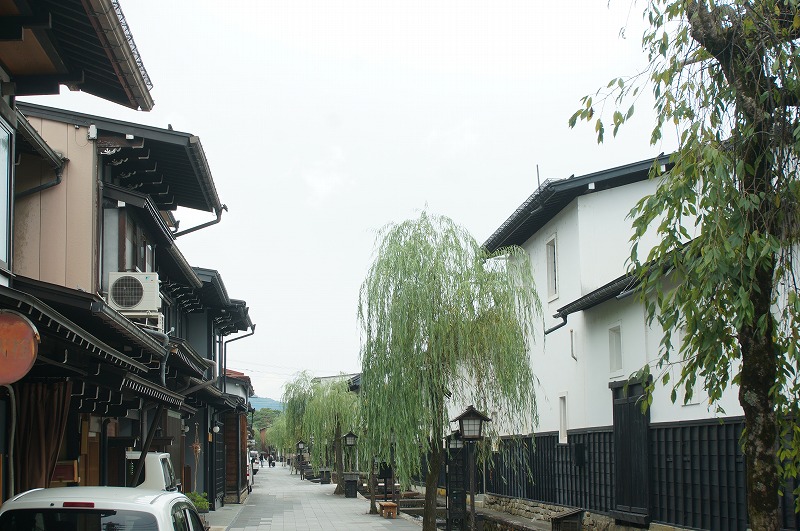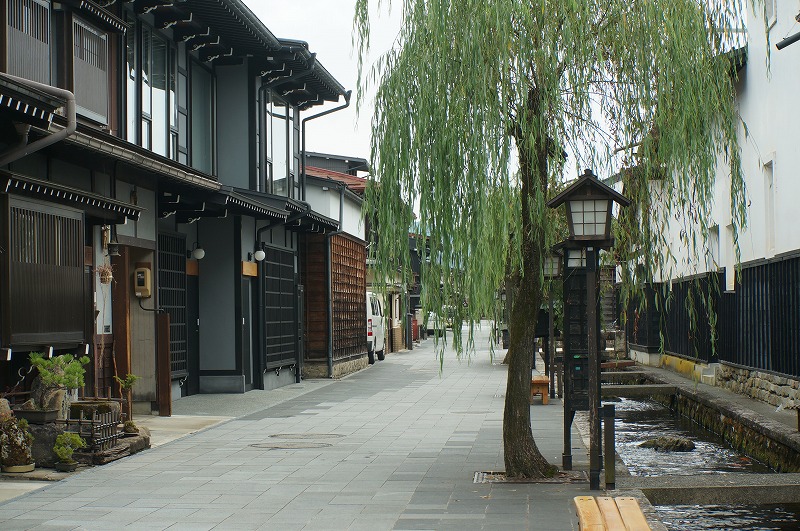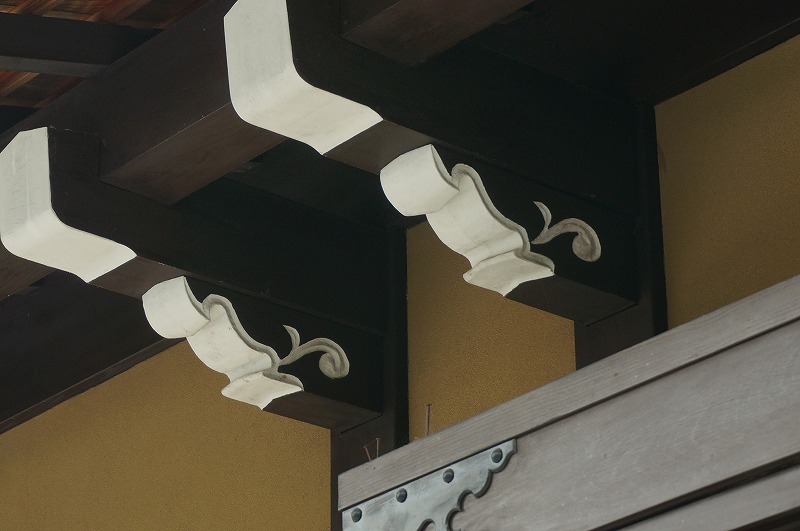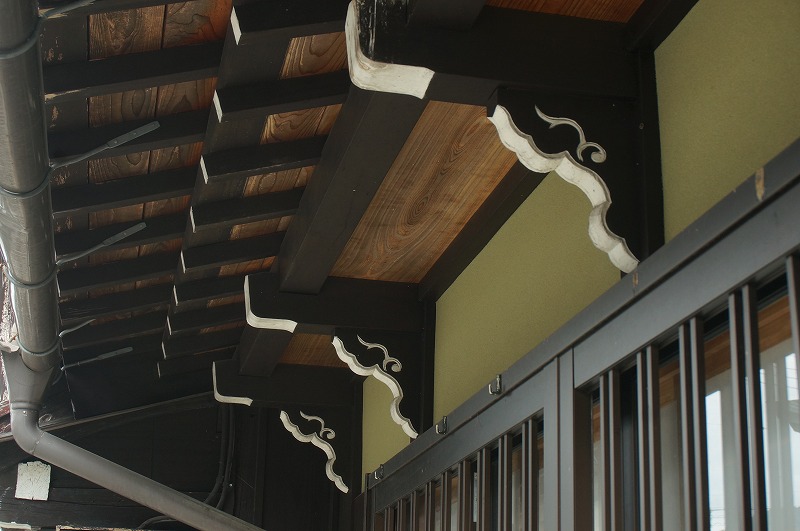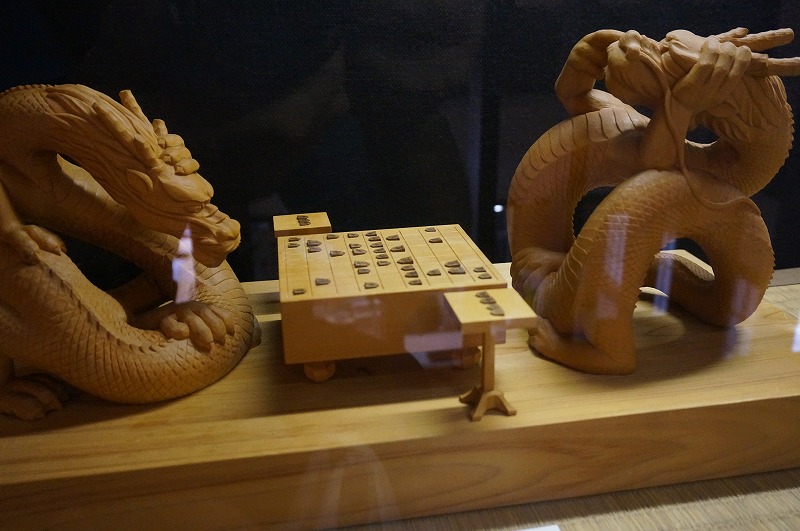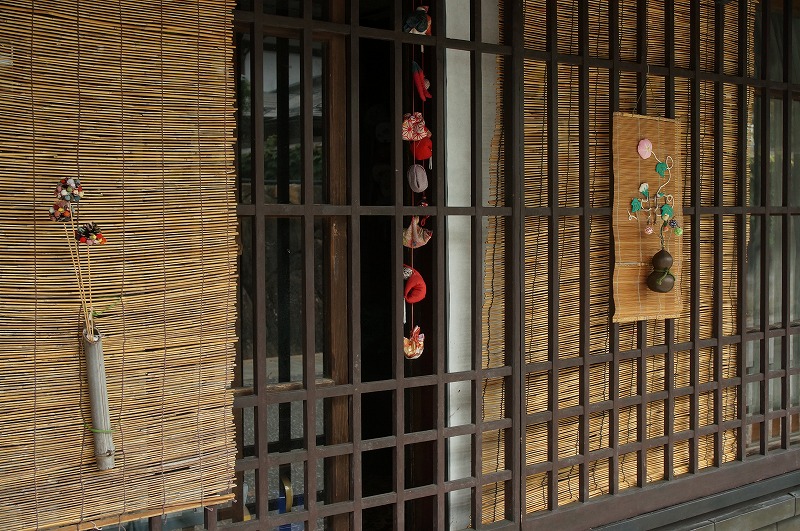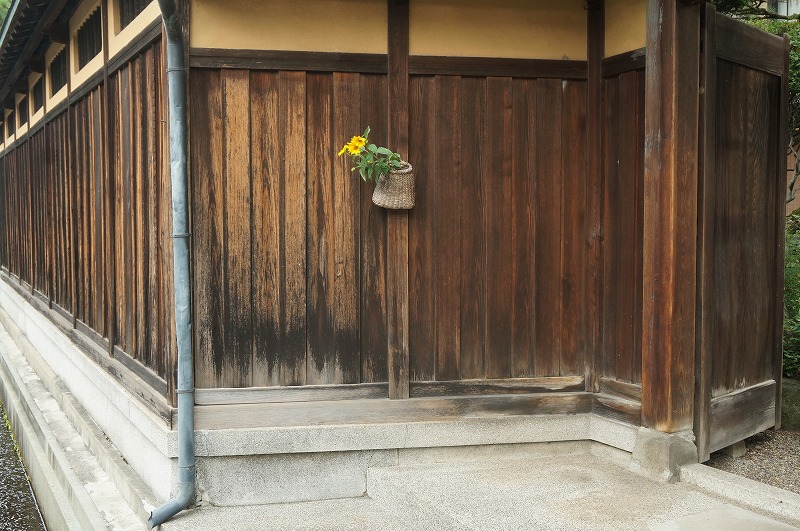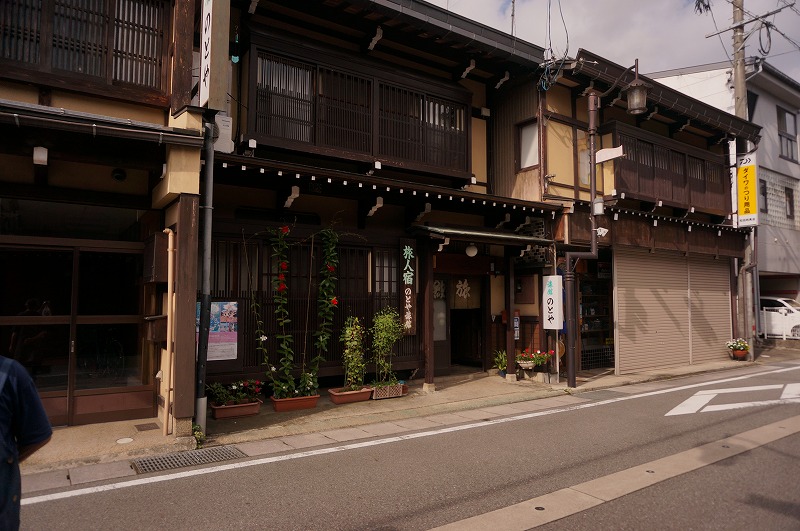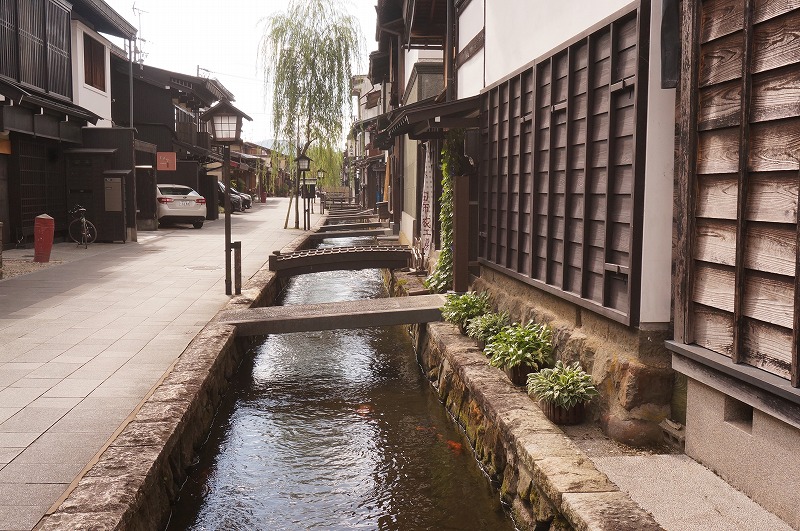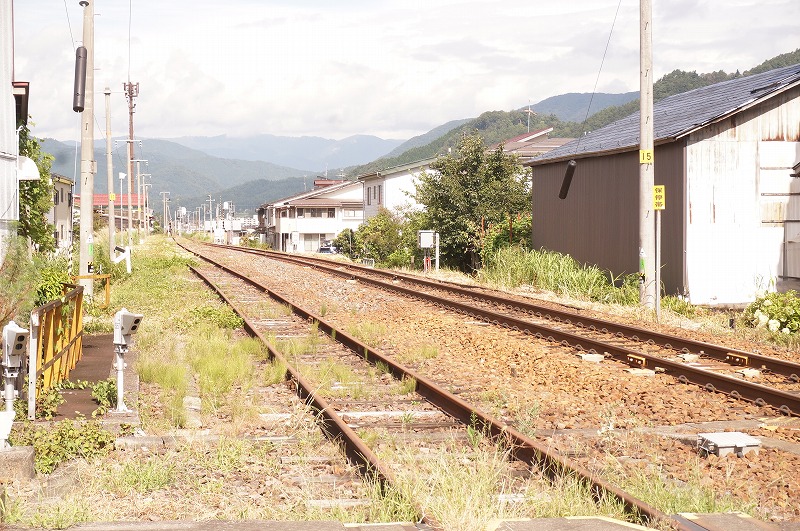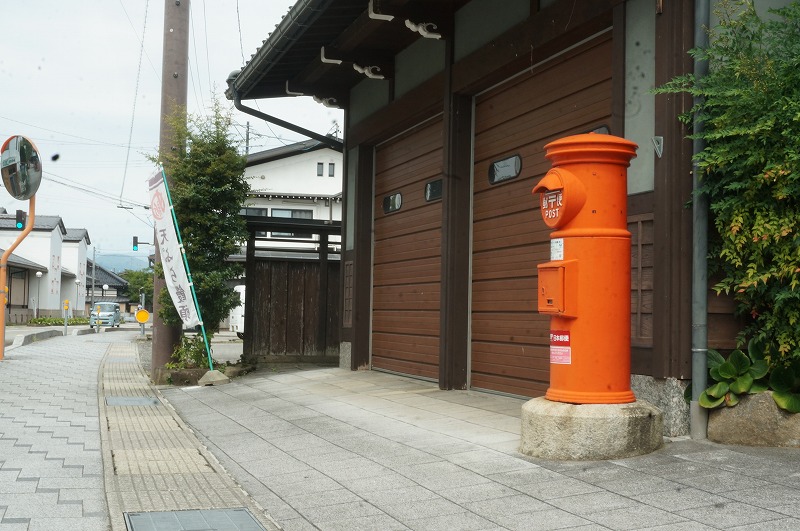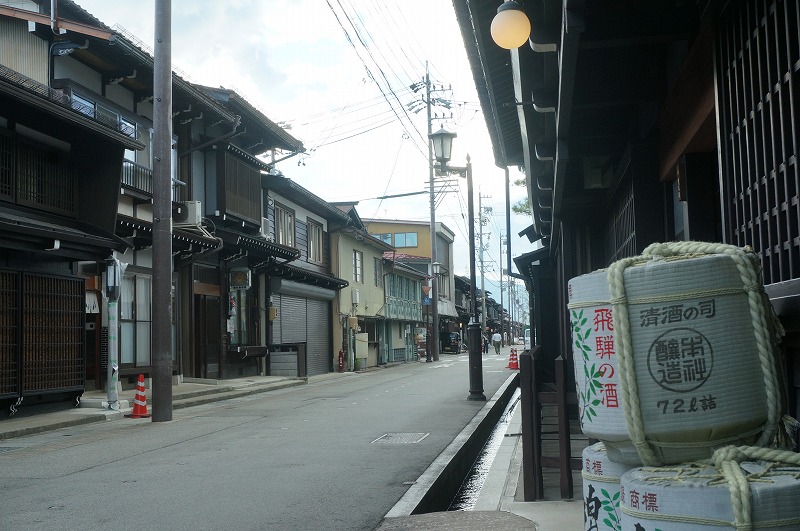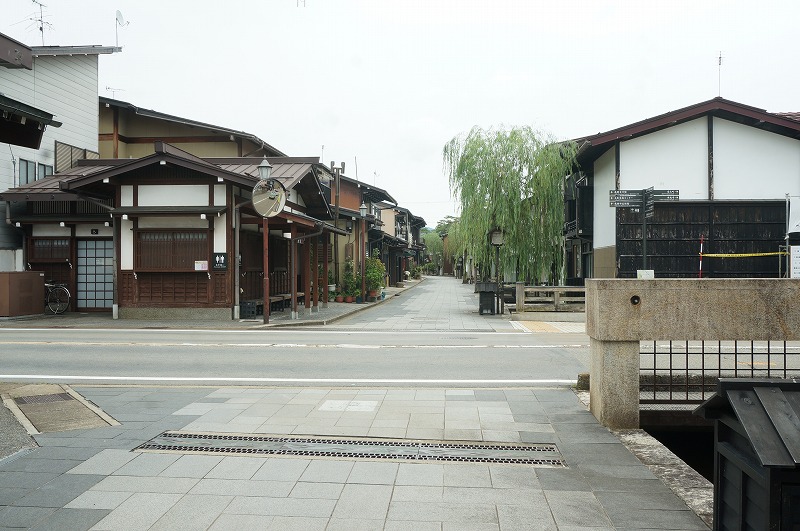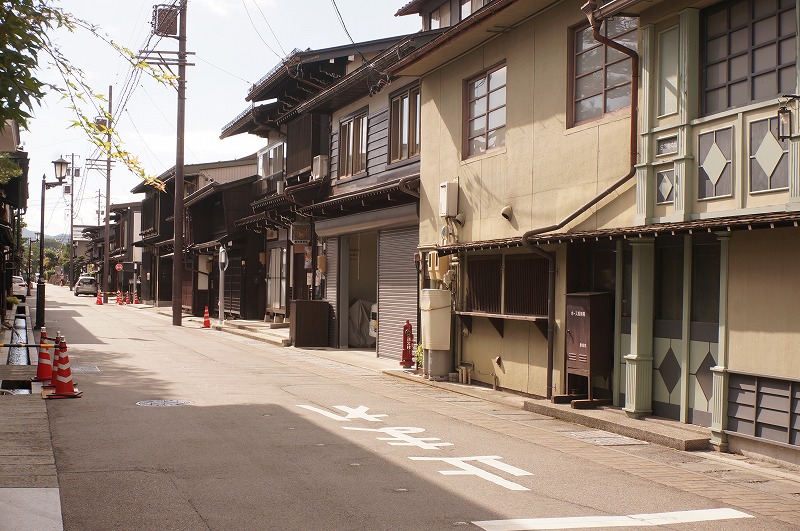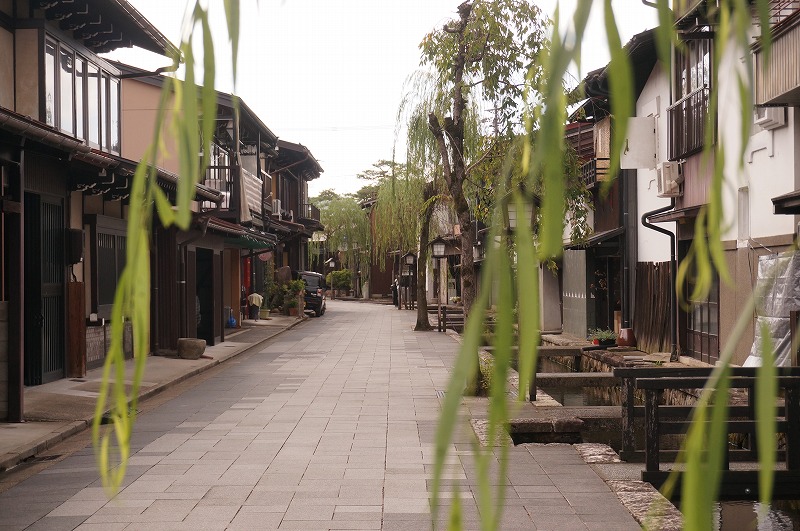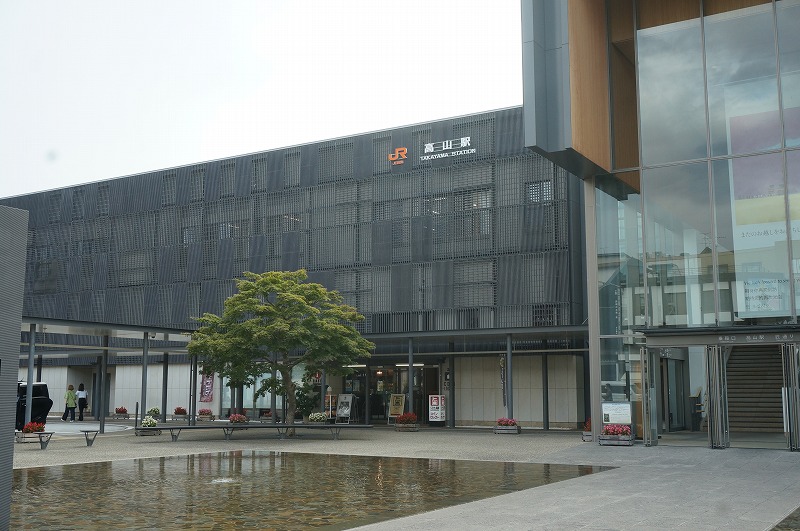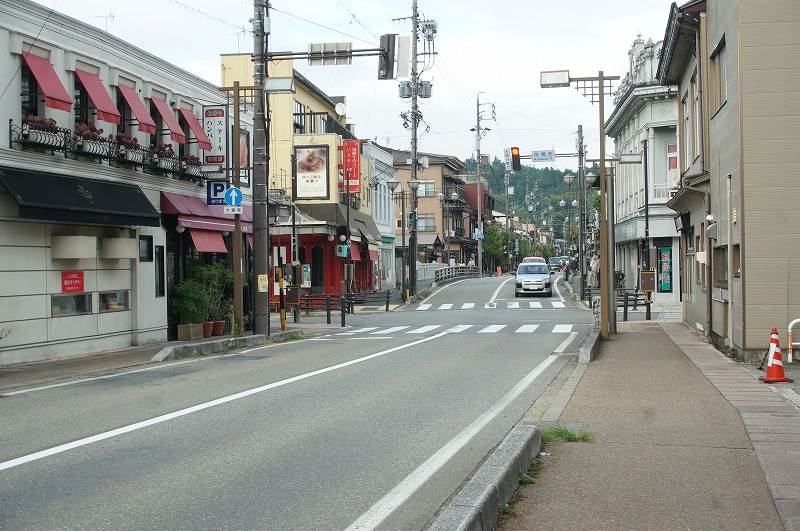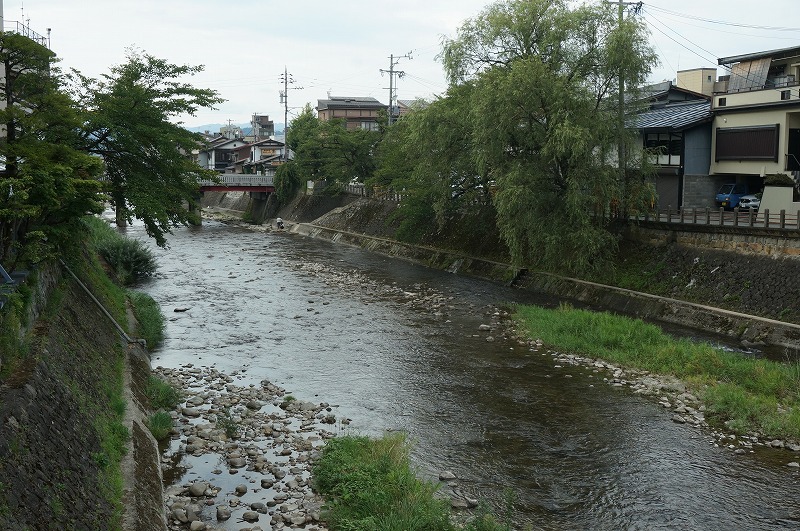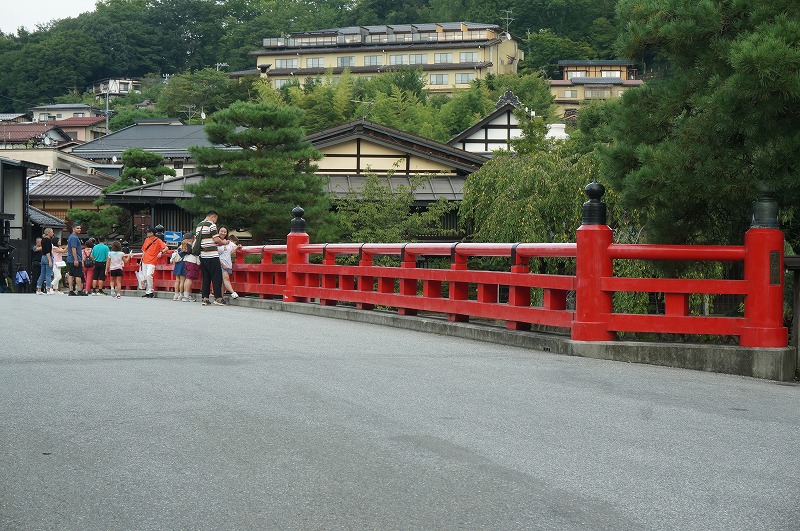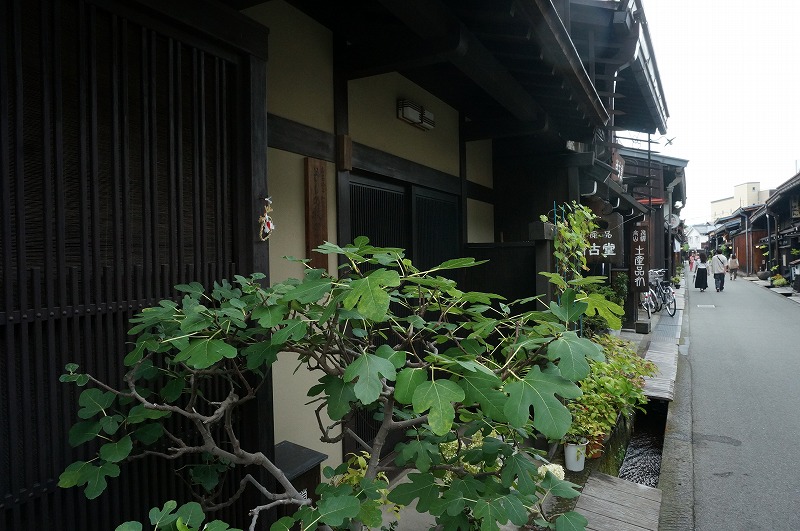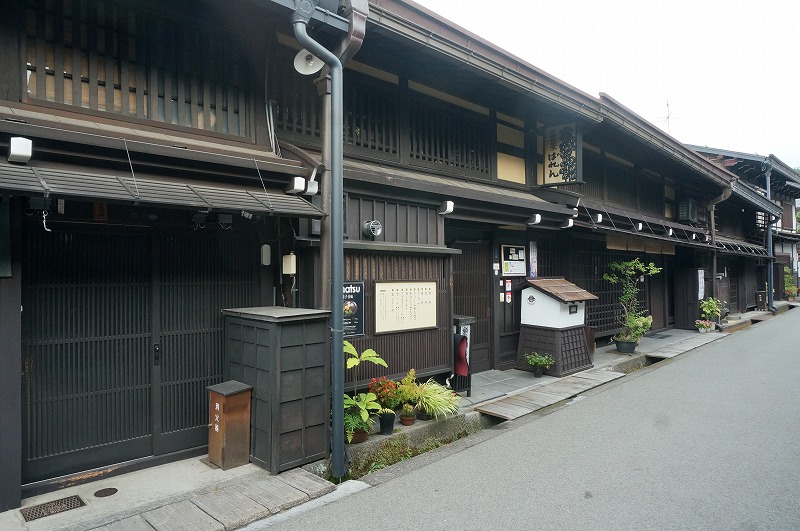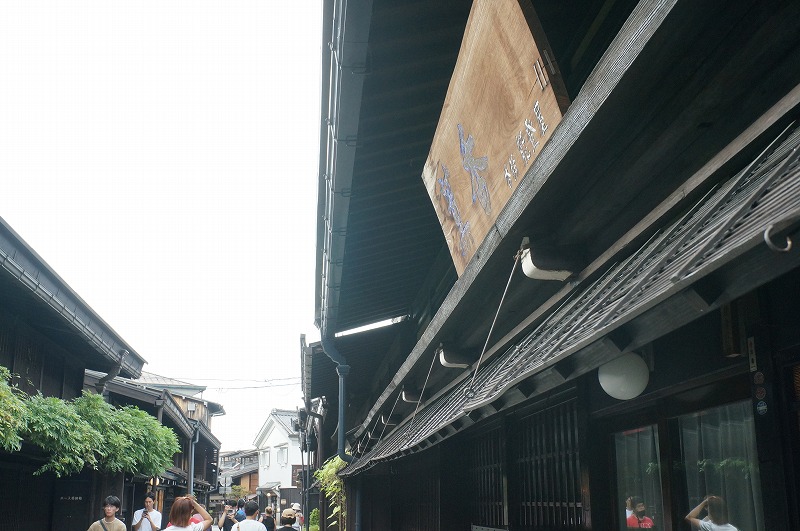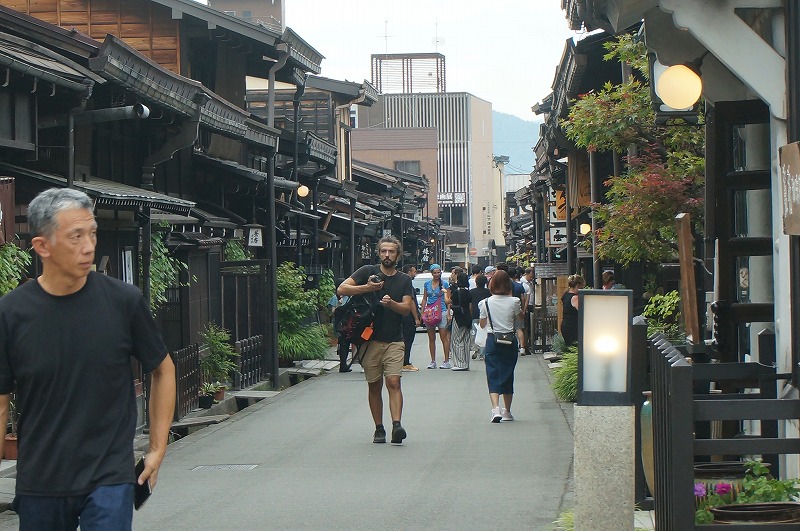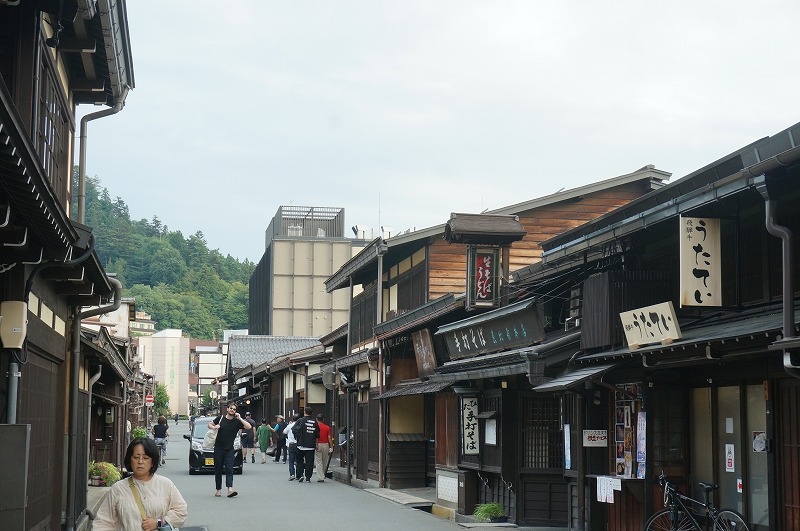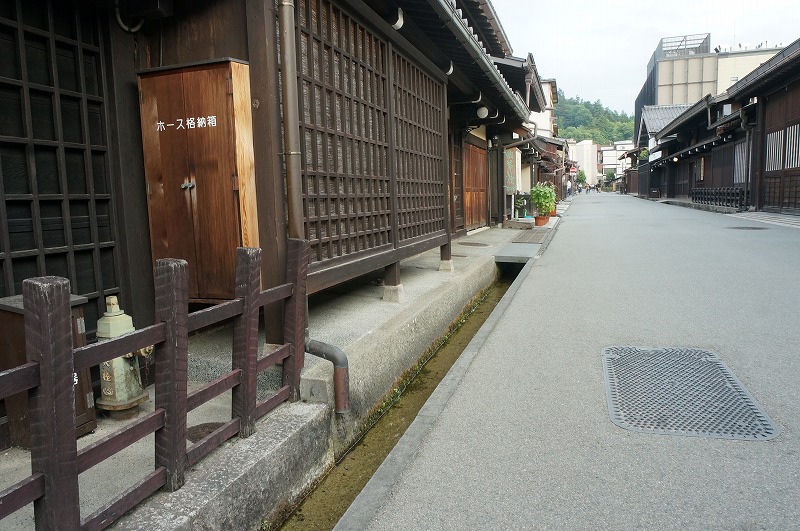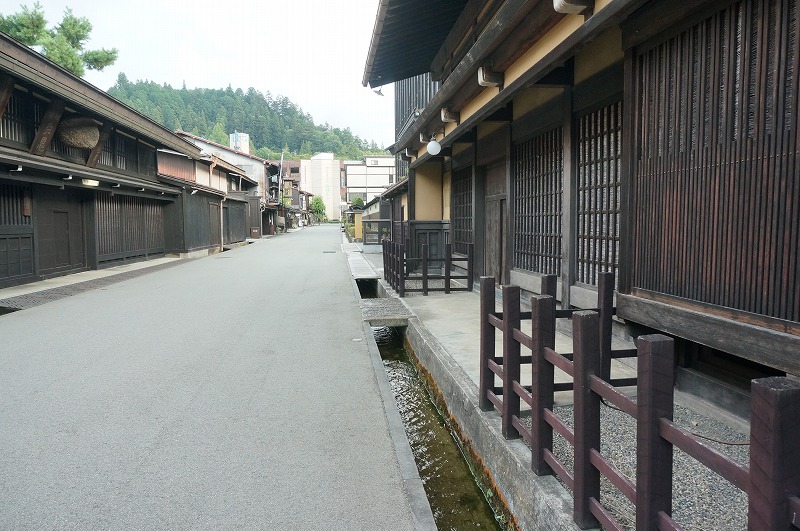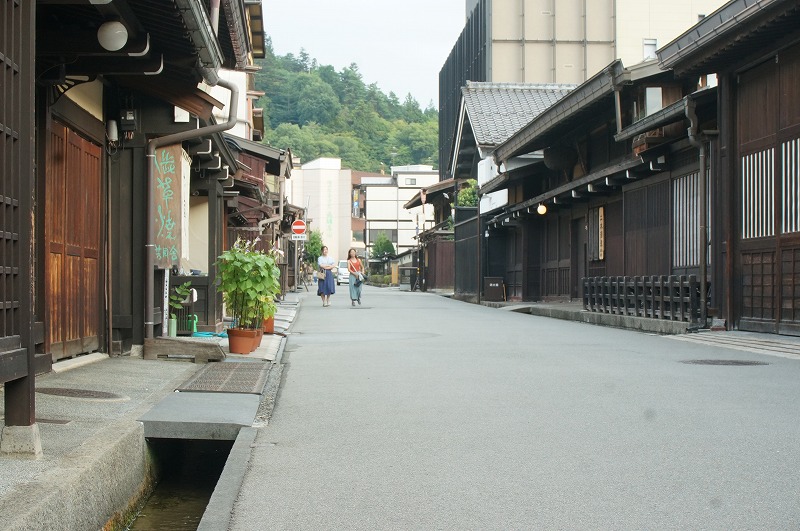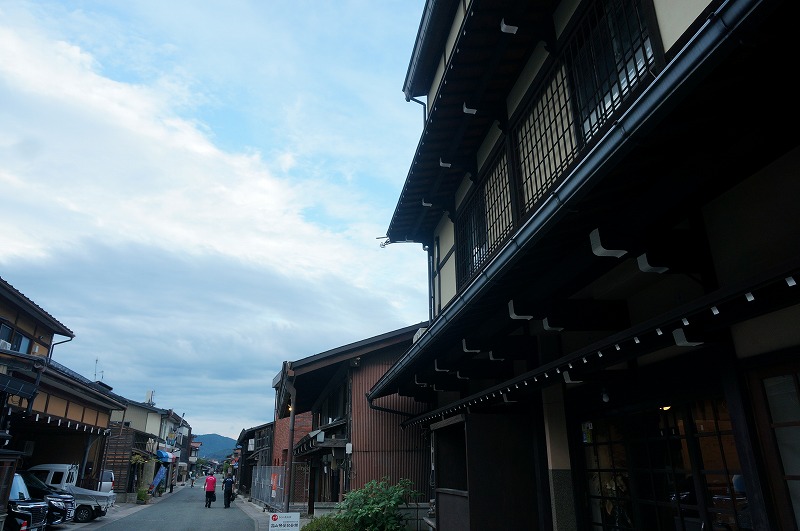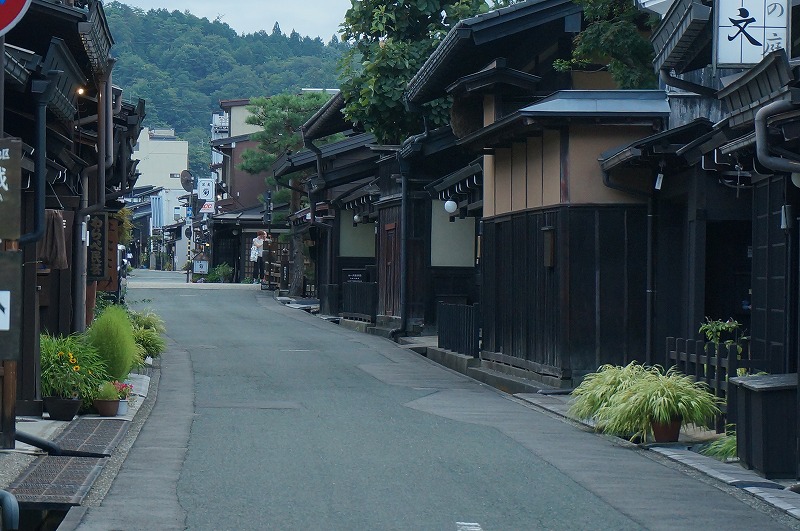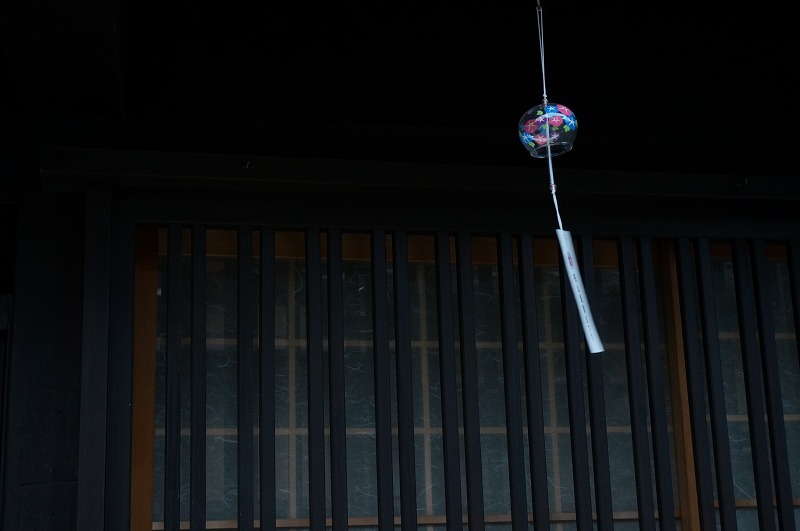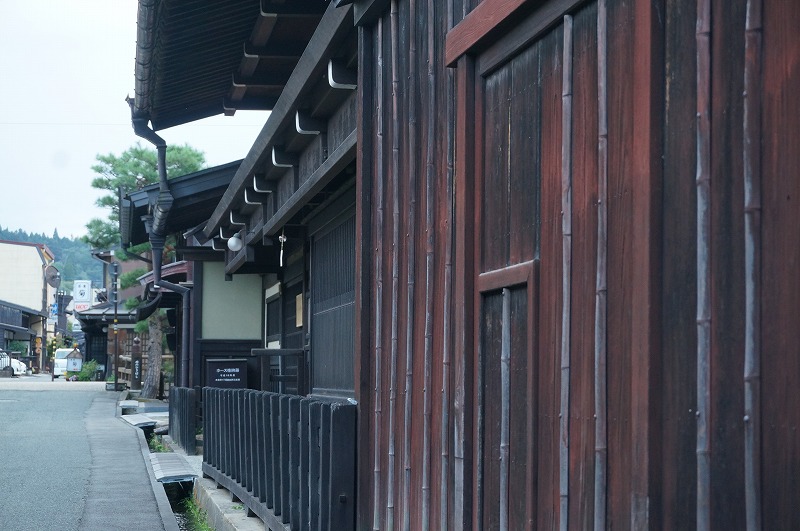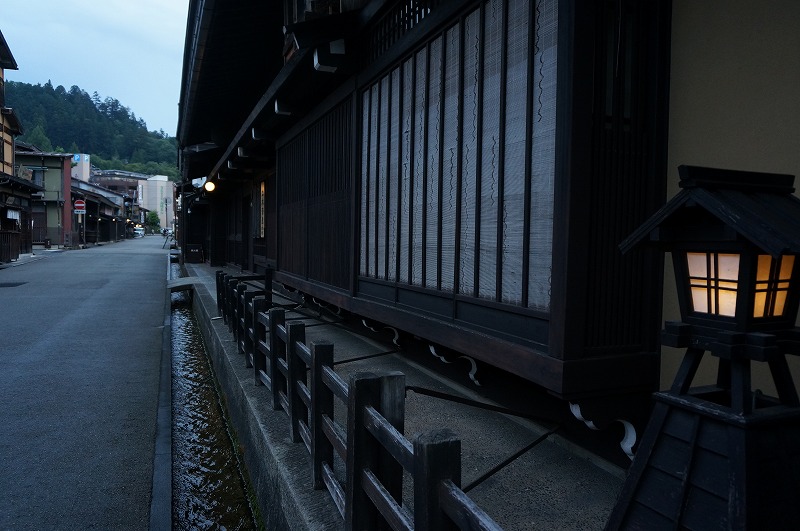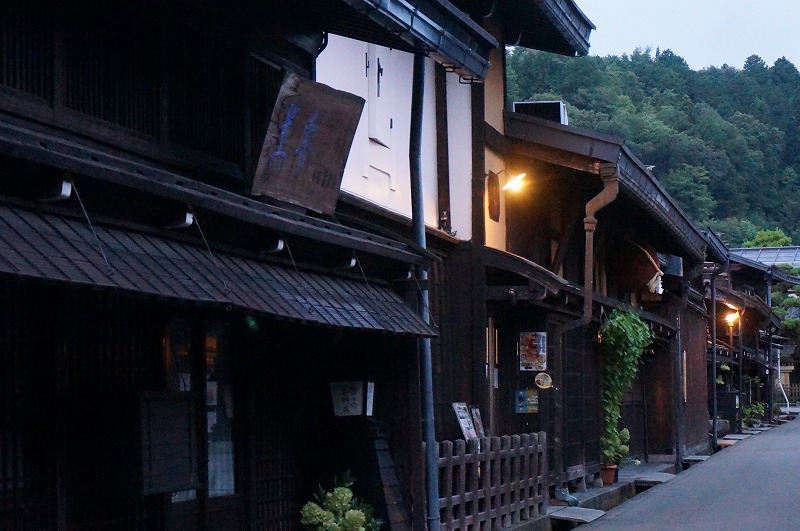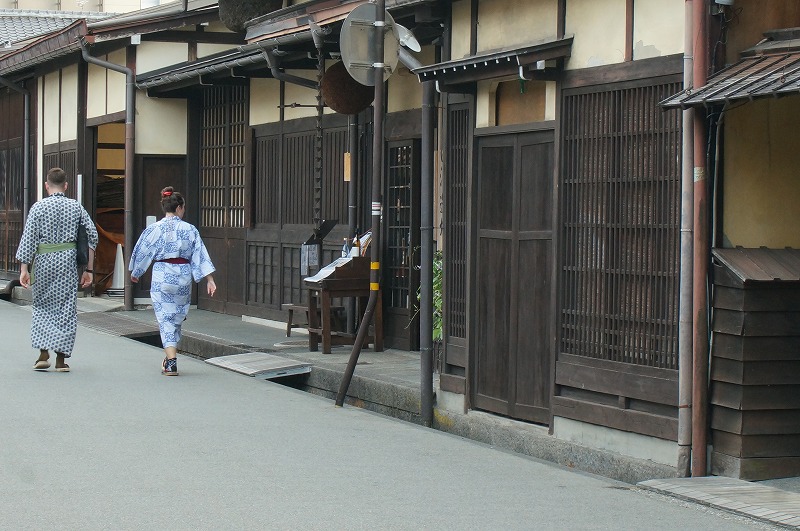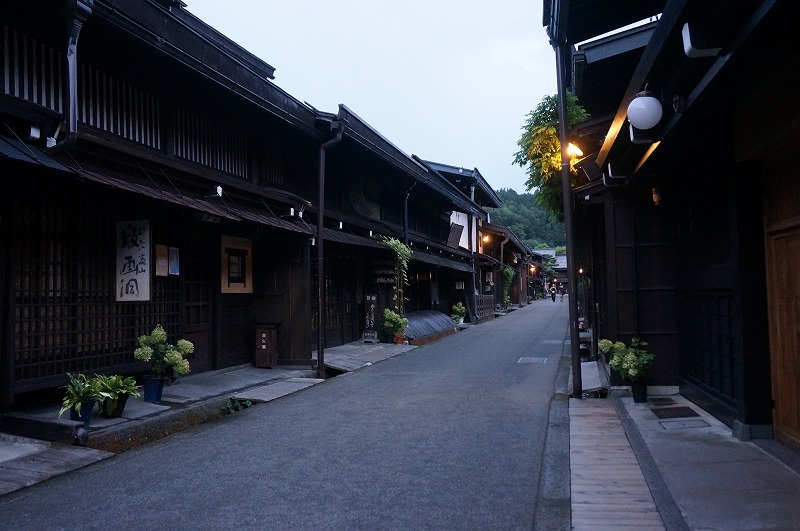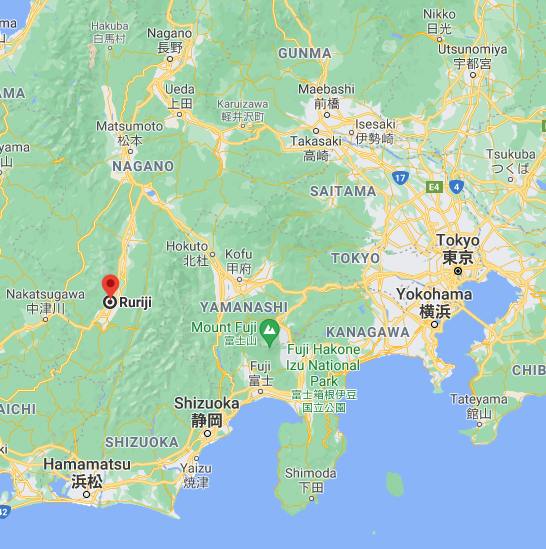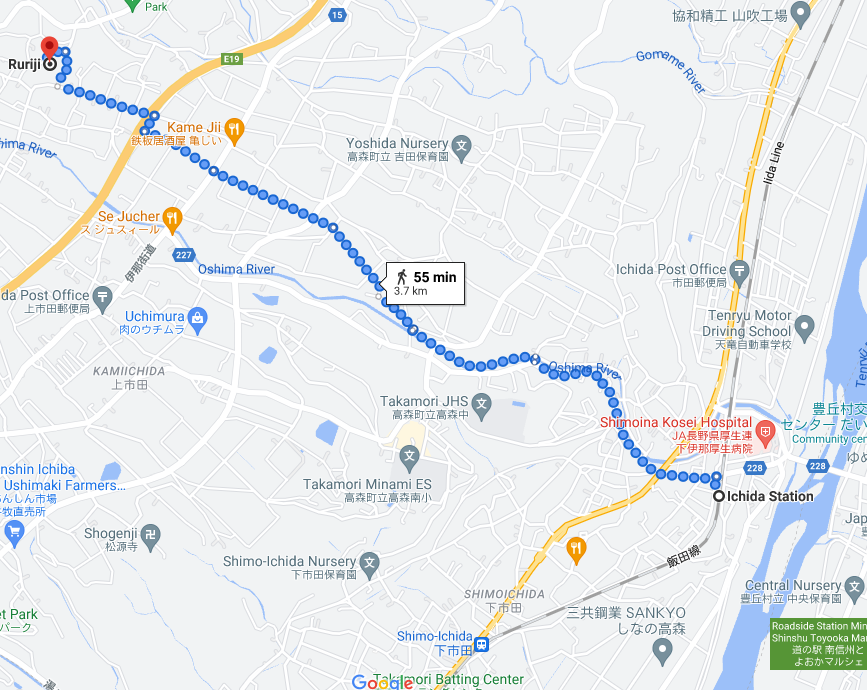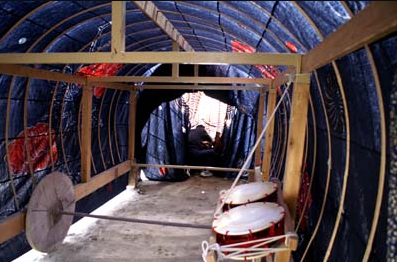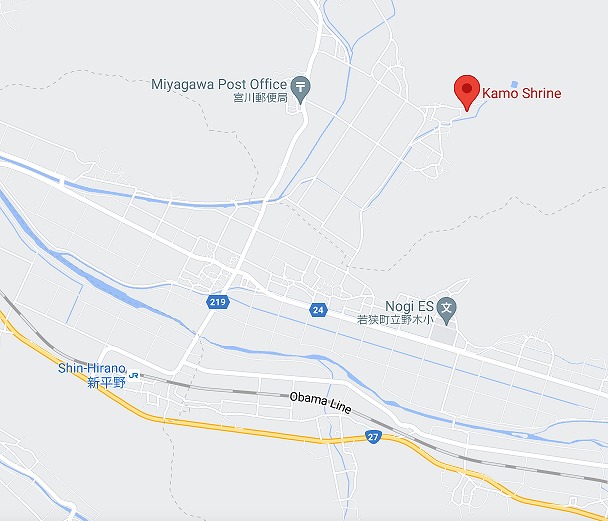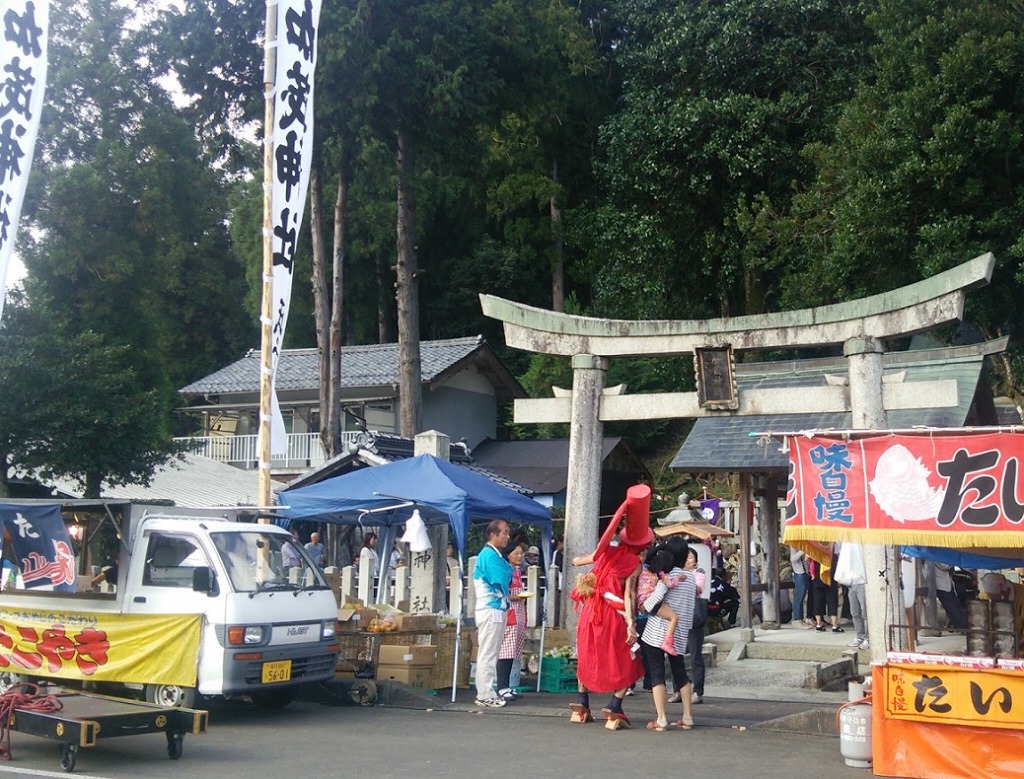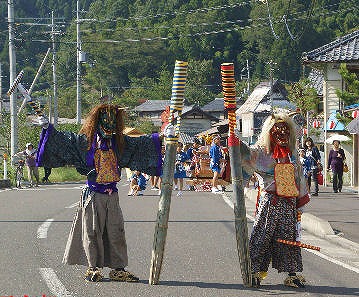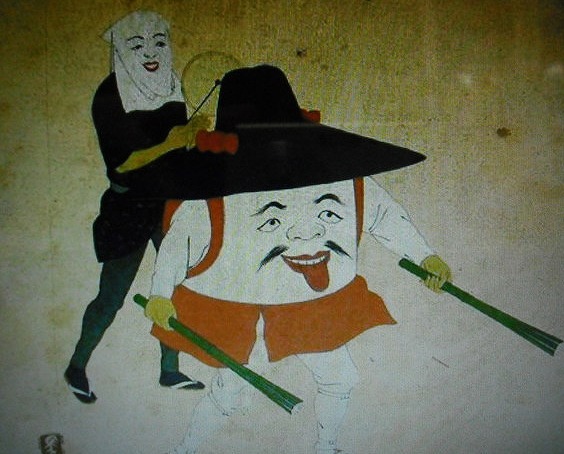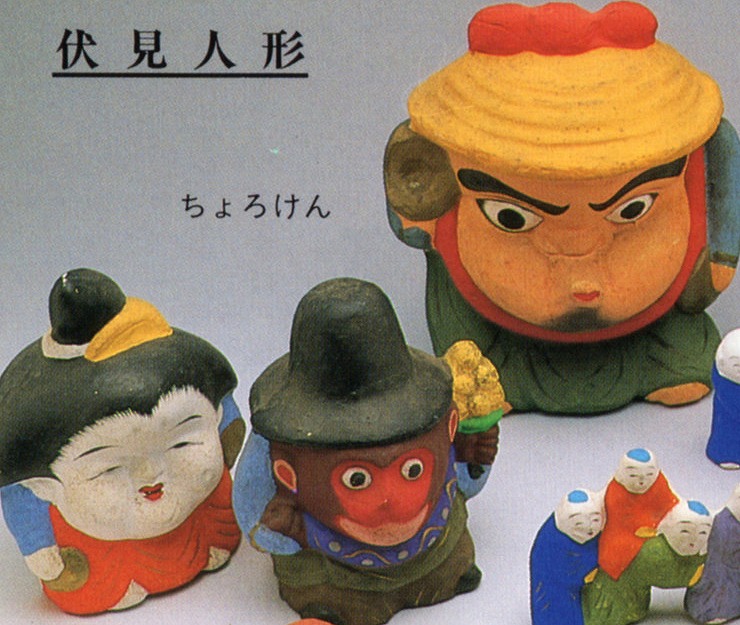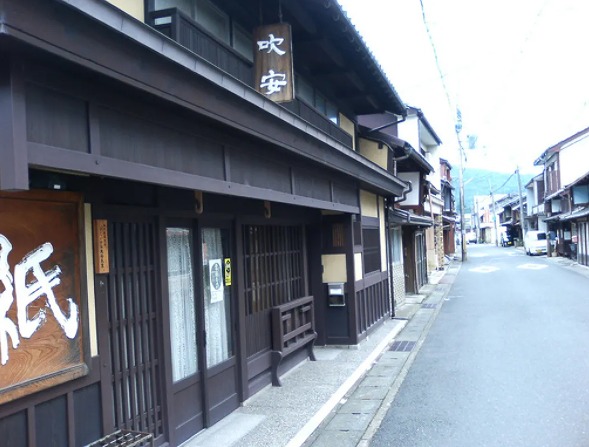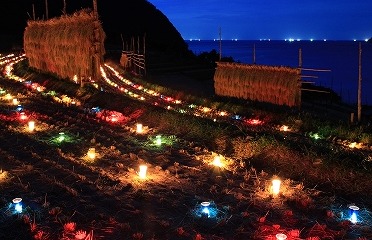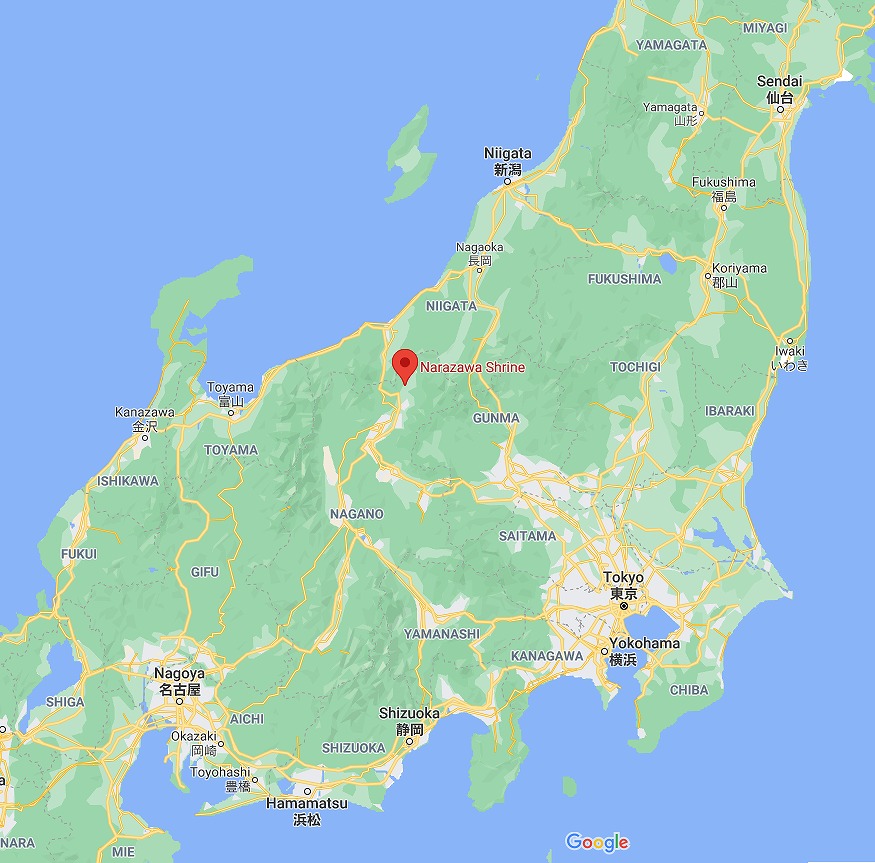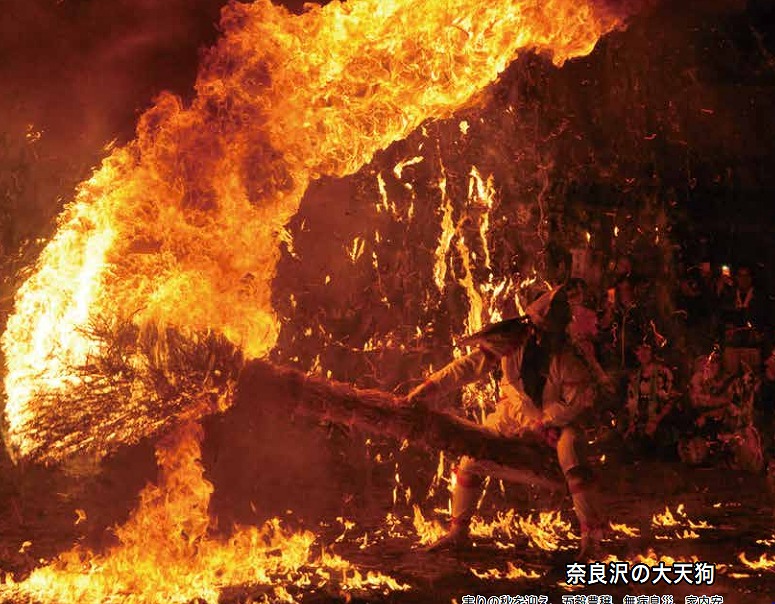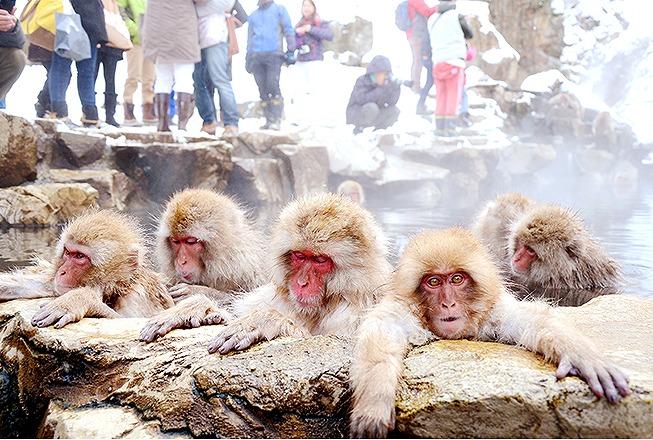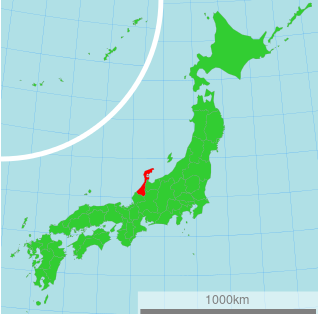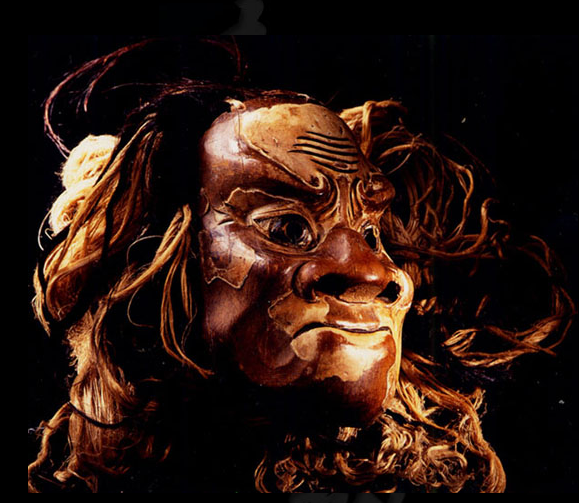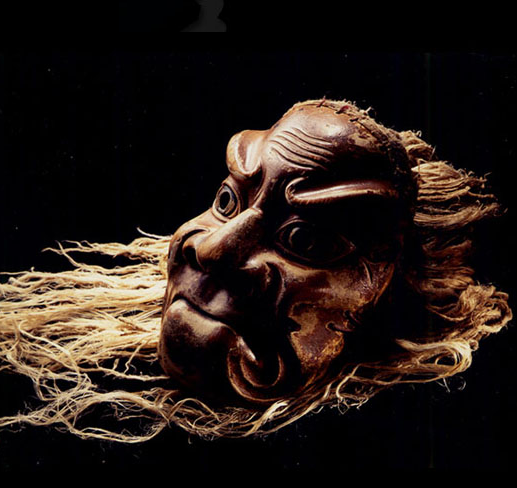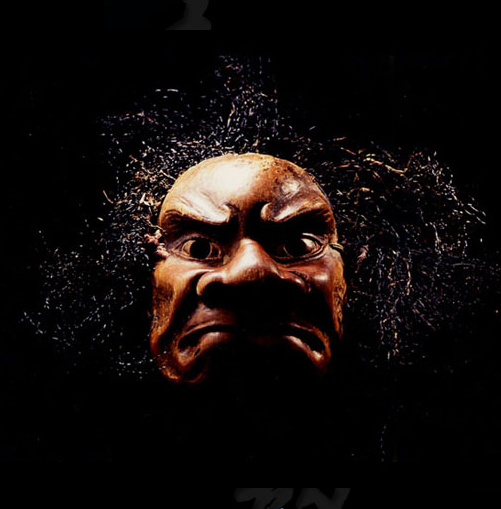a rare Buddhist dance~Itozaki of Etizen coast
Base data
Date:18th April Every two years (odd-numbered years)
Location :Itozaki dera-temple 糸崎, 22-5 Itozaki Town, Fukui City, Fukui Prefecture
Access :From Fukui Station, take Keifuku Bus (Echizen Kaigan Blue Line No. 10) for 1 hour, alight at Itozaki and walk 20 minutes.
To reach Fukui, take the Shinkansen if you are travelling from Tokyo. From Nagoya, take the Shinkansen to Maibara and then
the lmited express via Tsuruga. From Kyoto, take the limited express via Tsuruga.
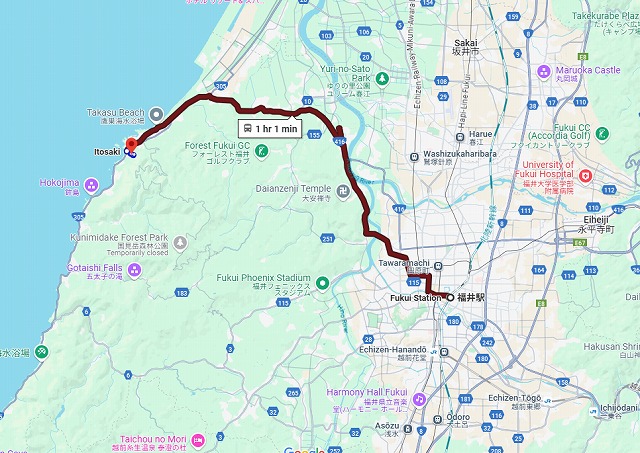
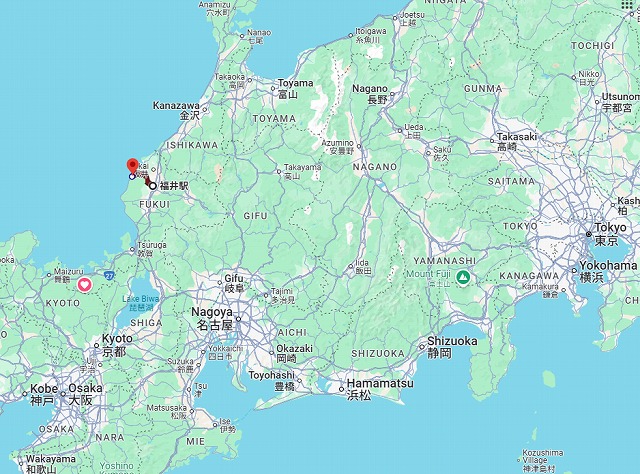
Buddha dances
What does it mean that Buddha dances? Roughly speaking, it means that Buddha statues move in costumes. An immovable statue of Buddha moves. In other words, the doll moves. You can see such a mysterious scene at a small temple on the coast of Fukui Prefecture.
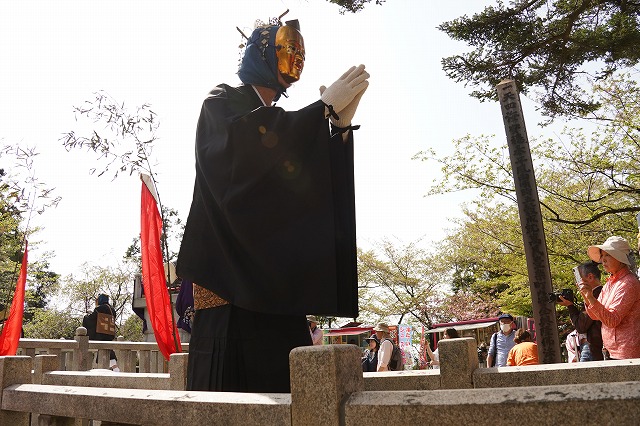
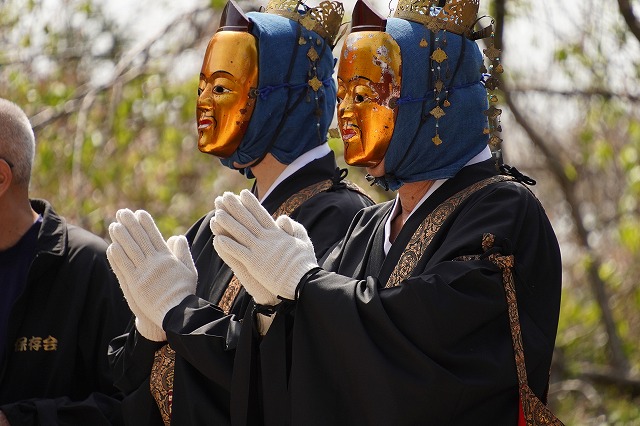
Just standing there, they are not much different from ordinary Buddhist statues. But they move. Let’s visit the site first.
Head to Itozaki
The Itozakidera Temple is located near the coast. So let’s start from Fukui Station.
The only way to get from Fukui Station to Itozaki is by bus. It takes about 50 minutes to the nearest bus stop. From there it is a 20-minute walk. One bus every hour. It is by no means a convenient place for transportation.
The author used my folding bicycle. The destination is about 25 km away. Almost flat road except at the end. Travelers can also rent electric bicycles in front of the station. If you miss the bus, it might be a good idea to take this into account.

Itozakidera-temple
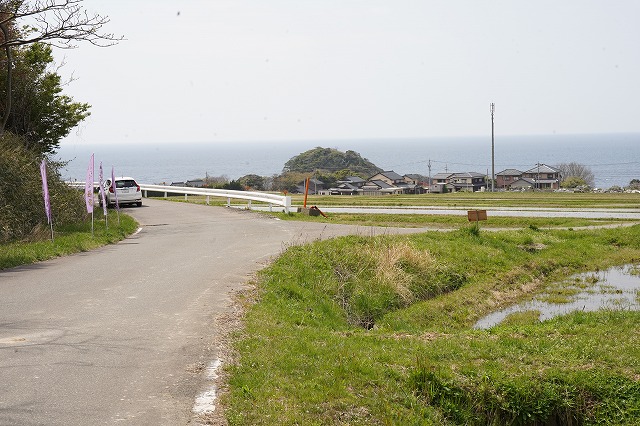
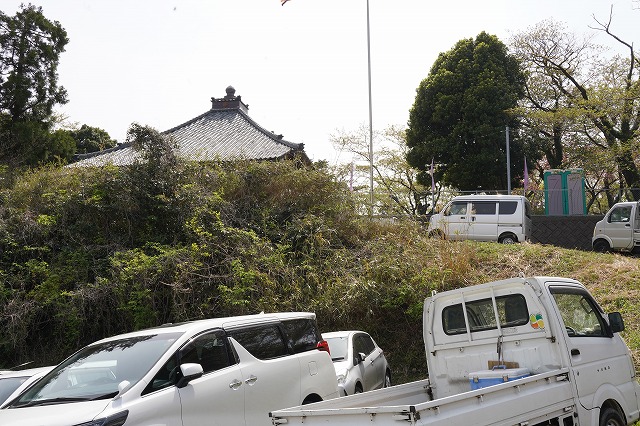
A small temple quietly overlooks the sea. The road leading to the temple is crowded with cars only this day.
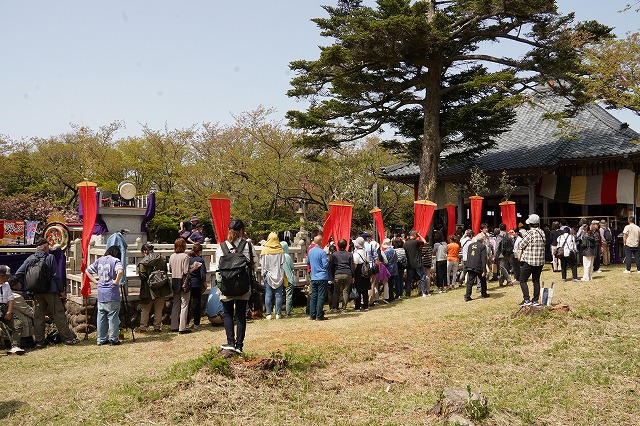
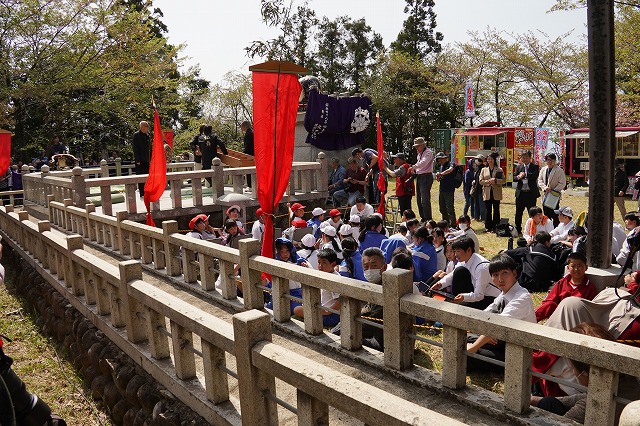
The audience surrounds the stage. Local primary and junior high school students also gather in one corner. And snack stands are open. Most of the spectators seem to be locals. You don’t see photographers lined up in a row. Scheduled to start at 1.30 pm. The scene 30 minutes before that.
Before the Dance of the Buddha
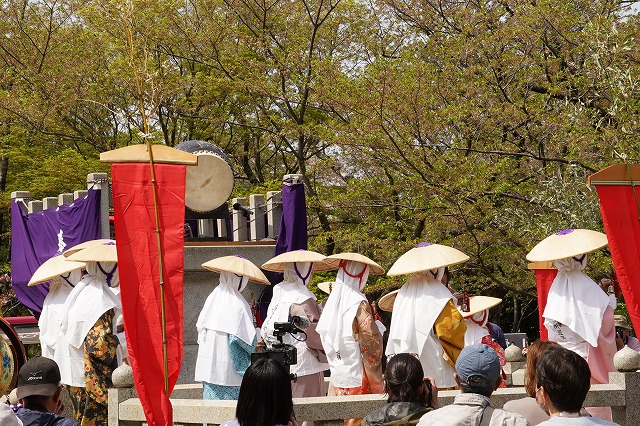

At 1.30, an announcement signals the start of the event. It’s finally time to begin. Yet the Buddha does not emerge immediately. Women wearing sedge hat come out. And sit and sing a song in praise of the Buddha.
Emergence of the main actors

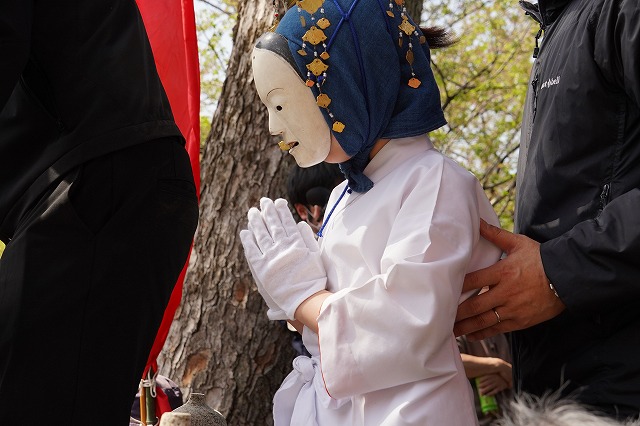
15 minutes later, when the audience is ready, the main character appears. A group of musicians leads the way, followed by children, the Buddha.
Then the Buddhas in monk’s robes enter. Main accompaniments are drums and gongs played on the central platform.
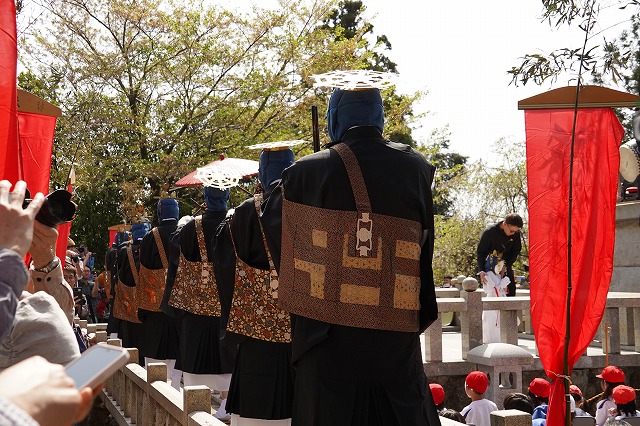
Face is golden and expressionless. Buddha usually has this expression. Whereas Oni (ogre) are full of individuality and have a variety of expressions, the Buddha’s expressions are almost uniform. While demons are varied in western society, angels are always the same as together.

Buddha dance
An announcement is made and the Buddha’s dance begins. But imagining something like modern dance will only disappoint you. According to legend, in the eighth century, when people enshrined a statue of Buddha in this temple, the Buddha danced happily. However, the earliest recorded date is the 19 century. It is the Buddha’s dance that people imagined more than 100 years ago. It is also divided into several dances, but it is difficult to tell the difference. A monotonous dance accompanied by a drum and a gong. In fact, the audience, who had been eagerly watching in the front row from the middle of the performance, gradually moved away to their desired position.
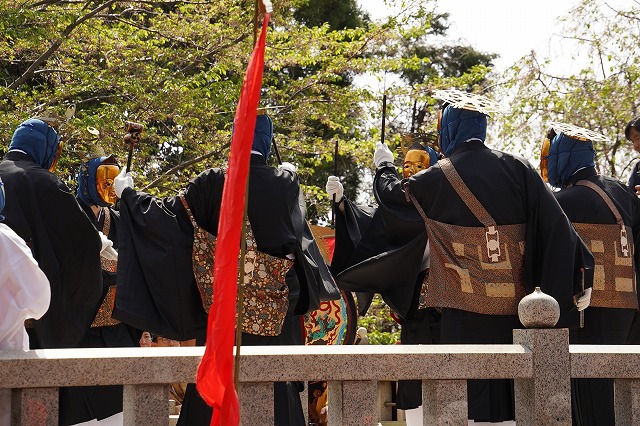
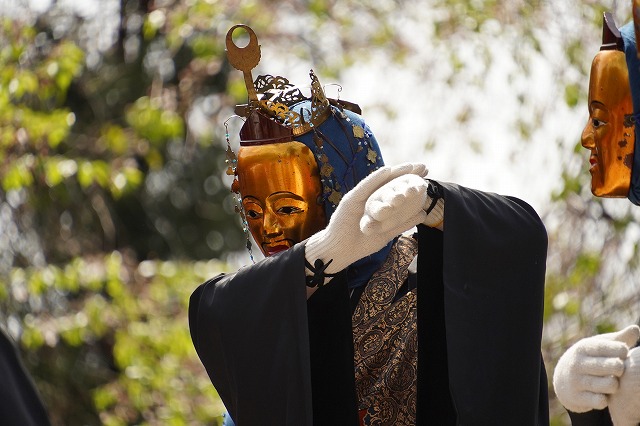
But it’s funny, and it starts to be fun. The monotonous rhythm creates a kind of hallucination state.
Then I started thinking about this. The event has been going on for at least 100 years. People in the past saw the same thing. It’s like a time machine. What were people thinking when they watched this? Did they think it was monotonous? Or was it grateful? Eventually, I began to hallucinate as if people from the past are standing there looking the same.
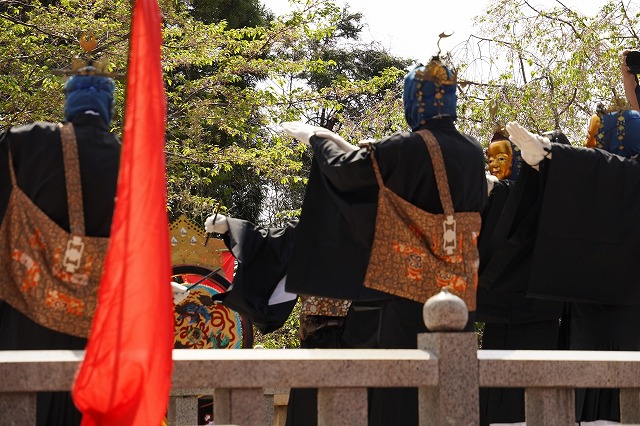
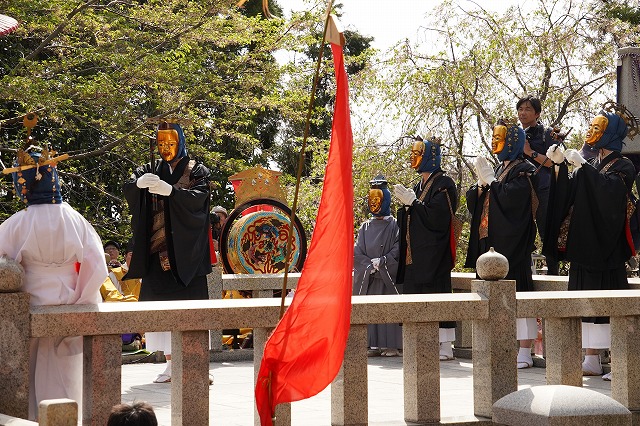
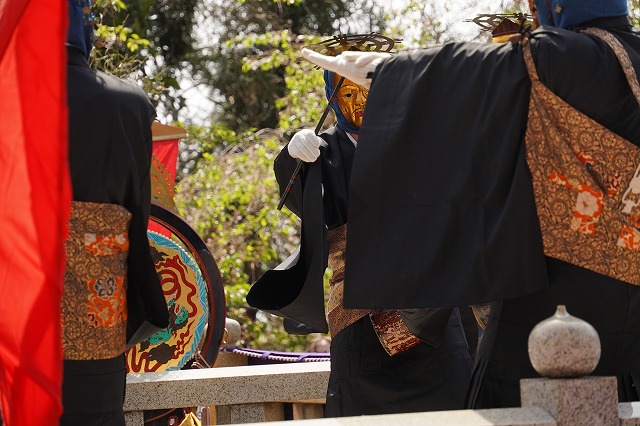
At the last dance, the Buddhas stopped dancing one by one. And when the lasted one stops moving, all the dancing came to an end. About an hour. At the end of the glittering but quiet event, the Buddhas walked up to the main hall.
At the end
Fukui Prefecture may not be a familiar place. However, there are a number of places to see, including the famous Zen temple Eiheiji 永平寺. I hope that one day you will also experience the mysterious Buddhist dance.
